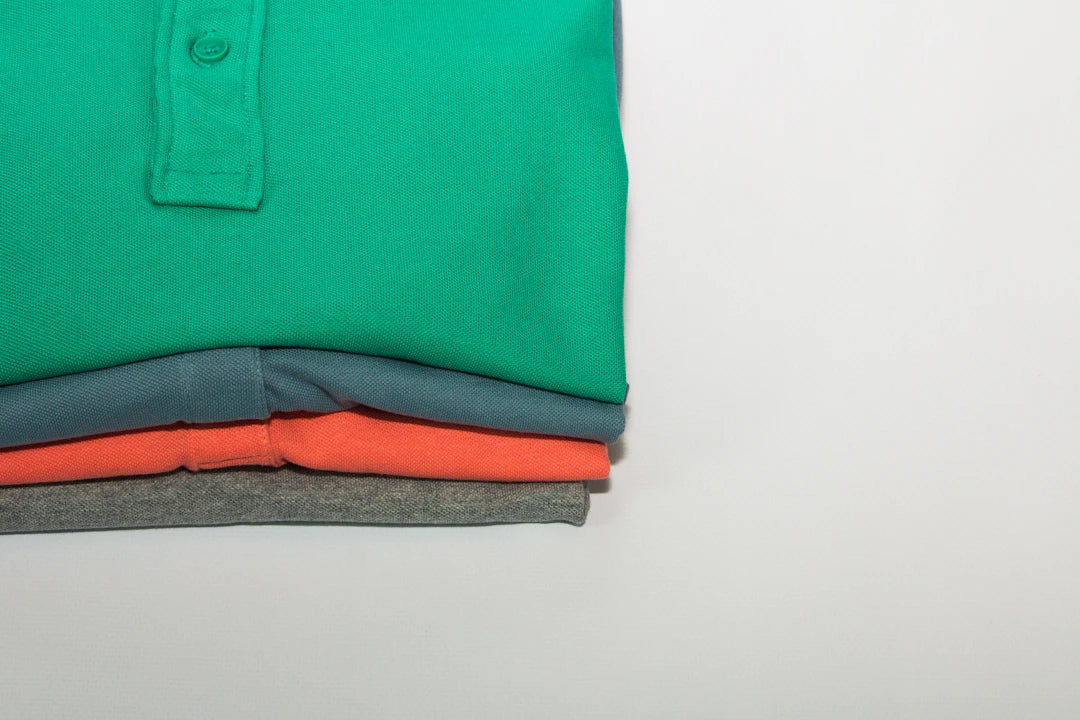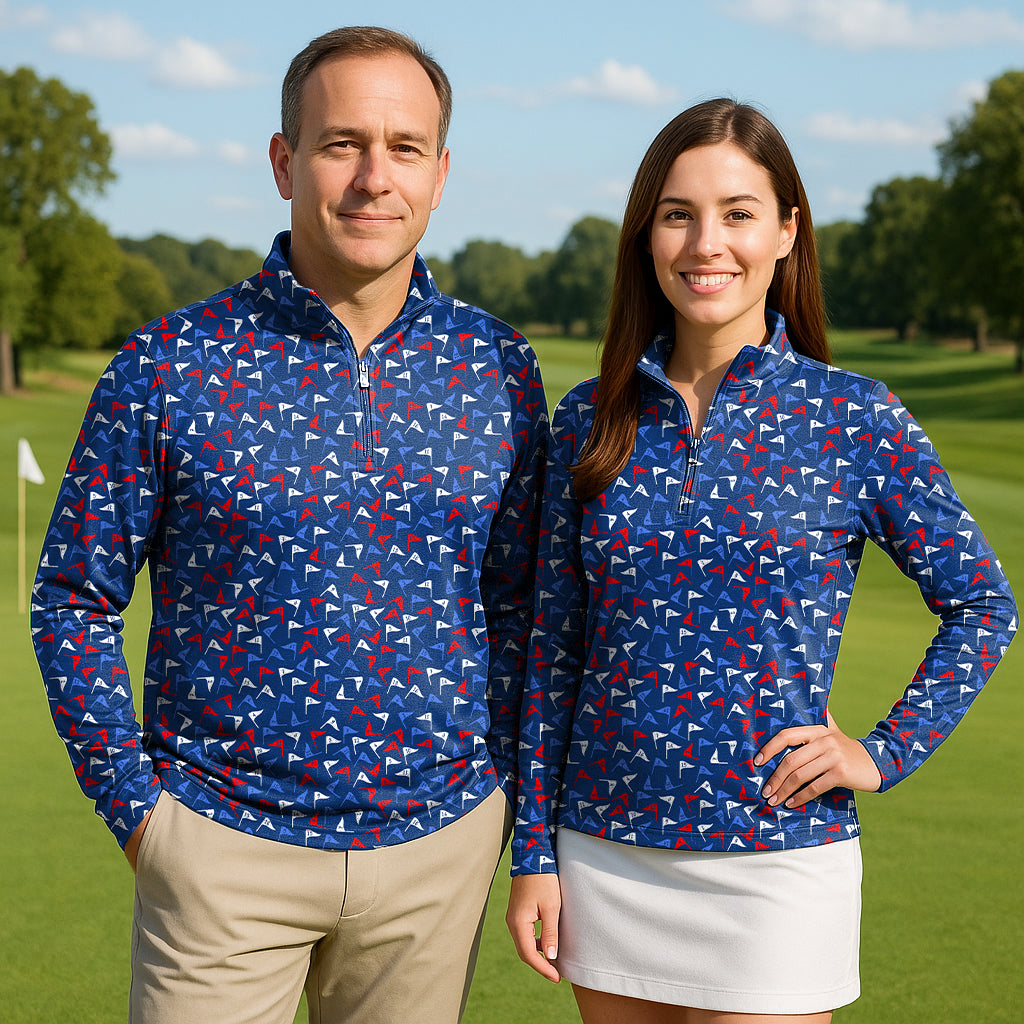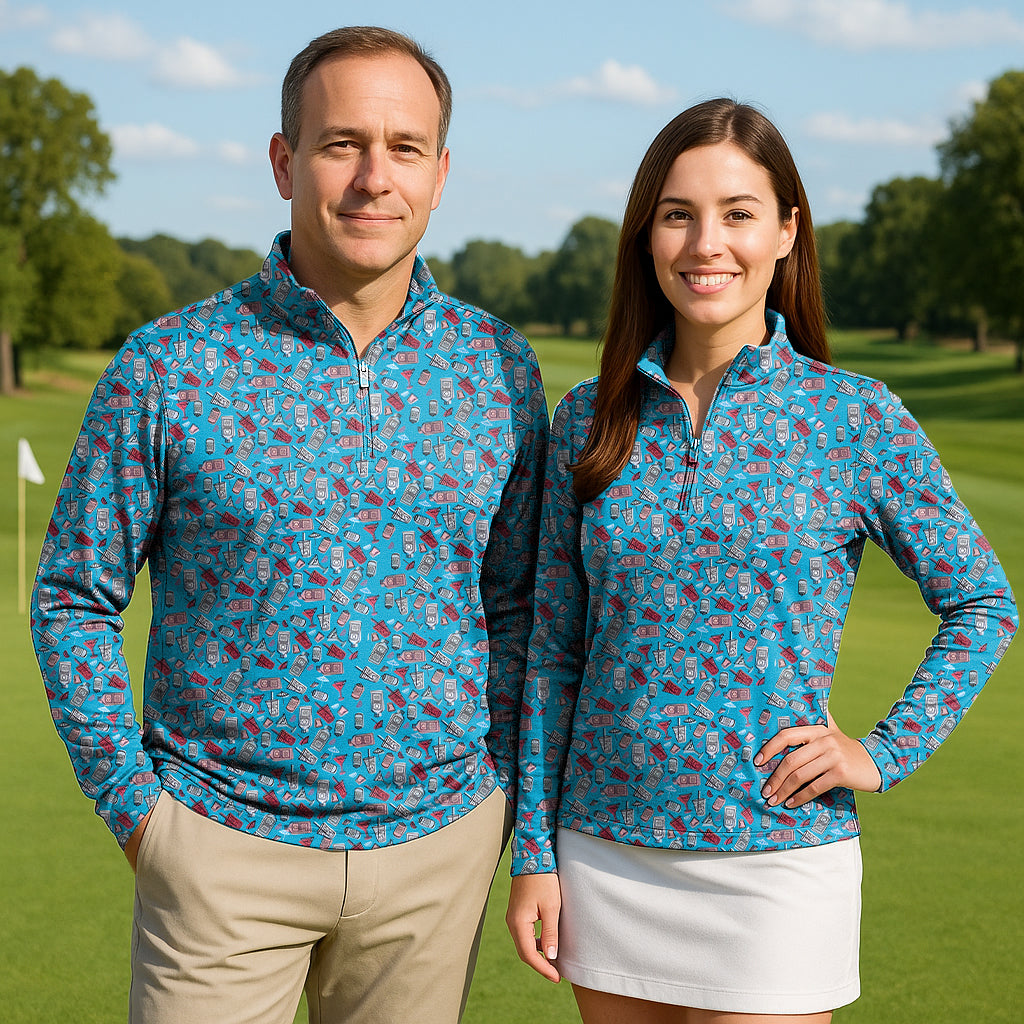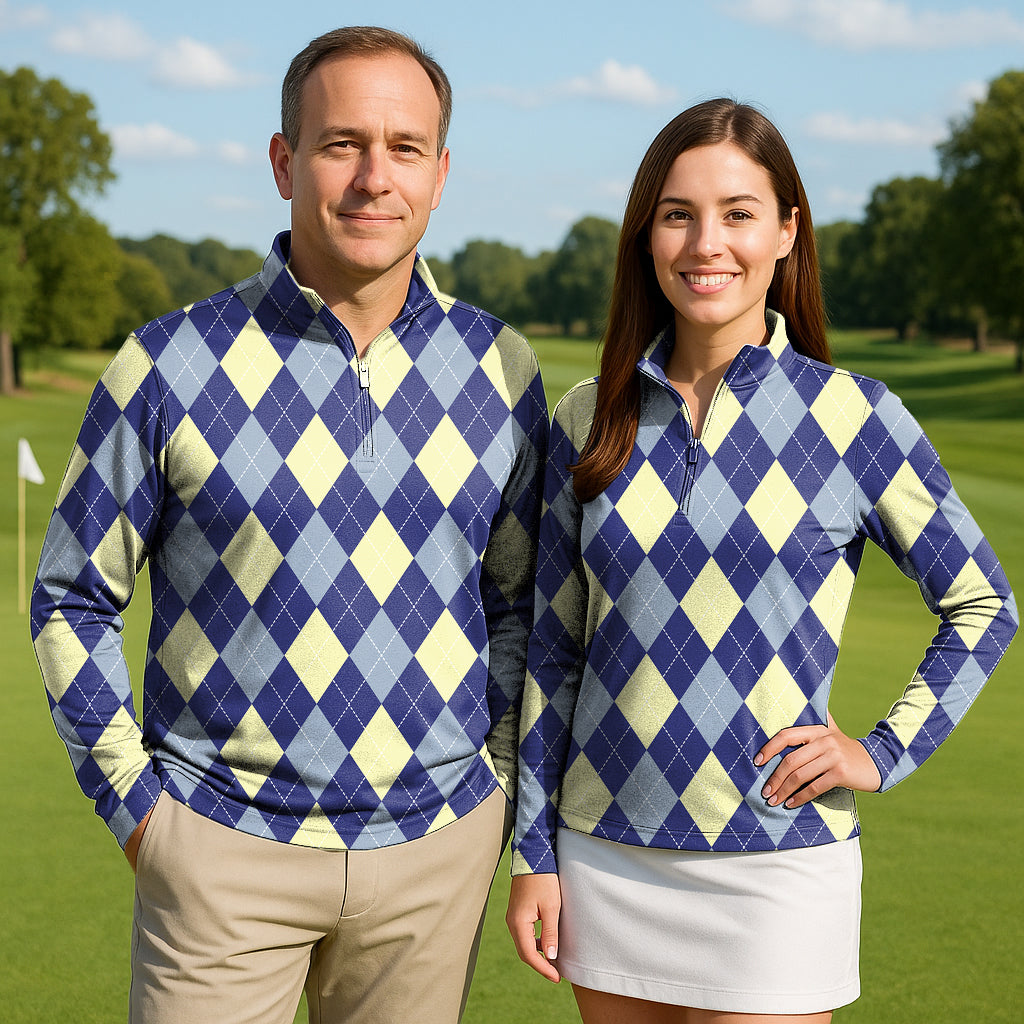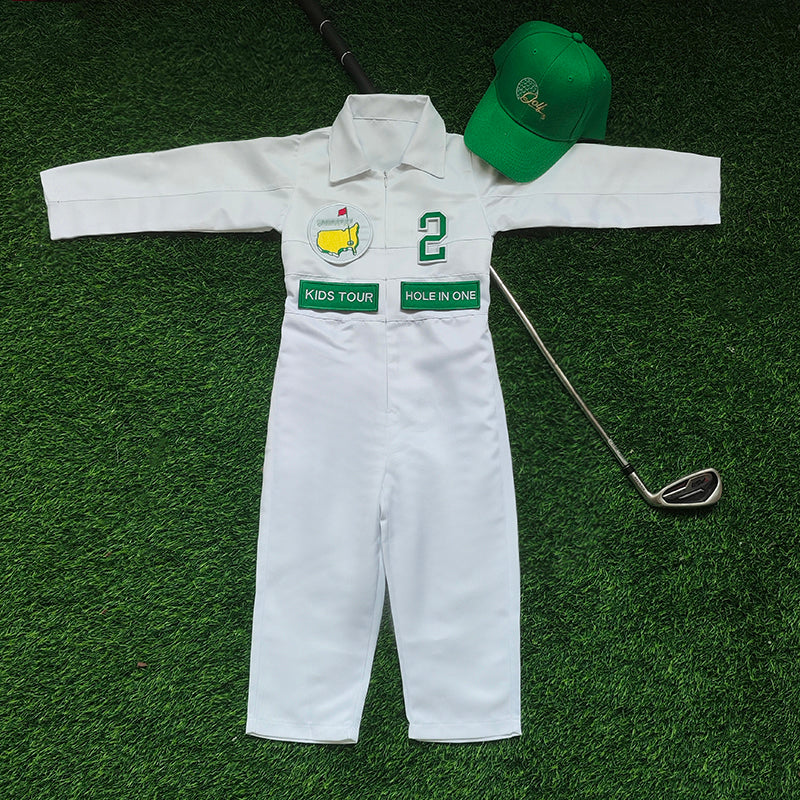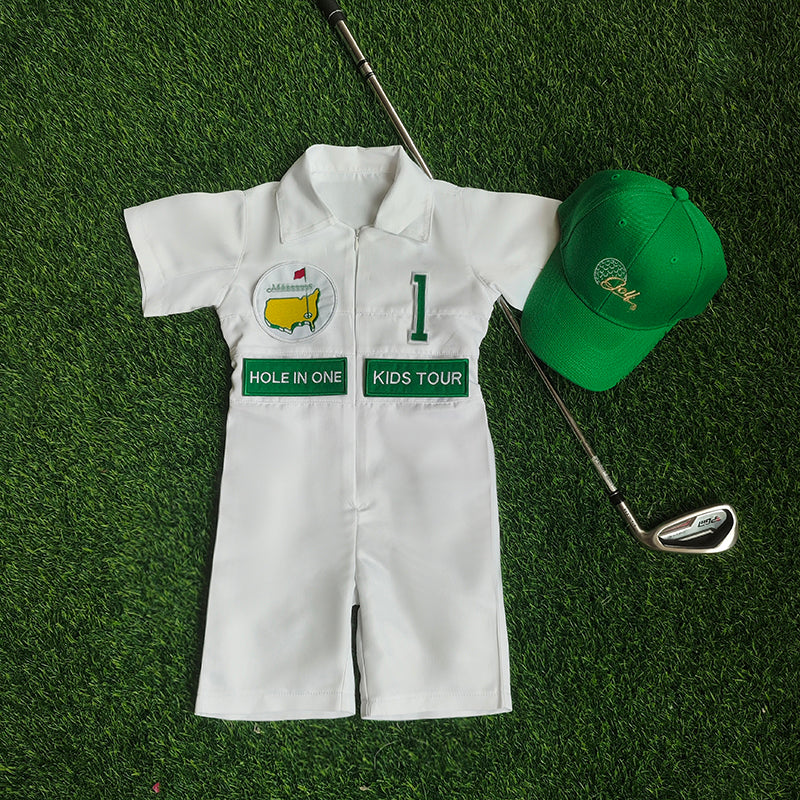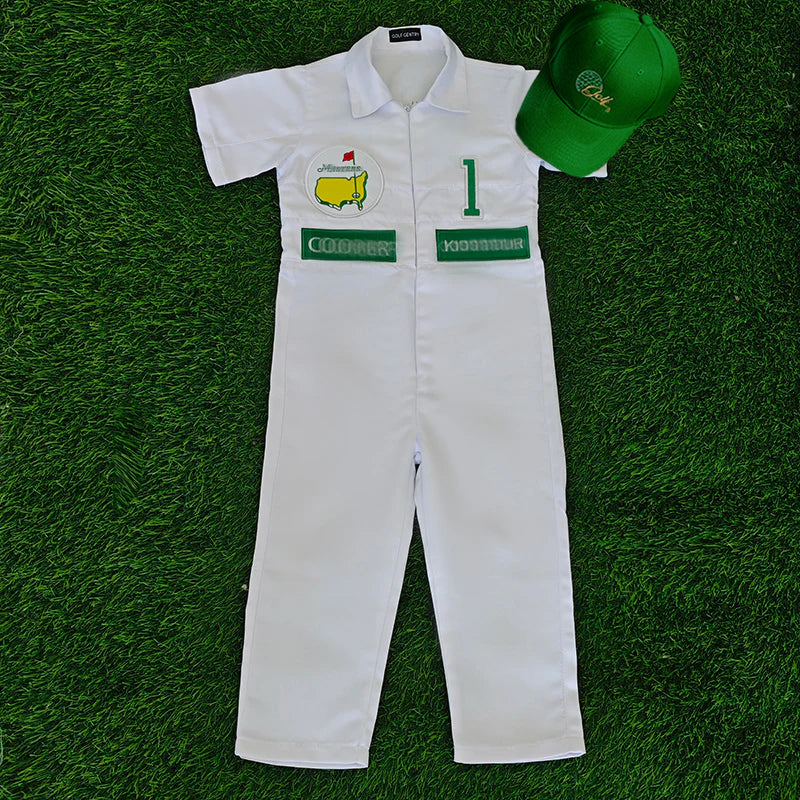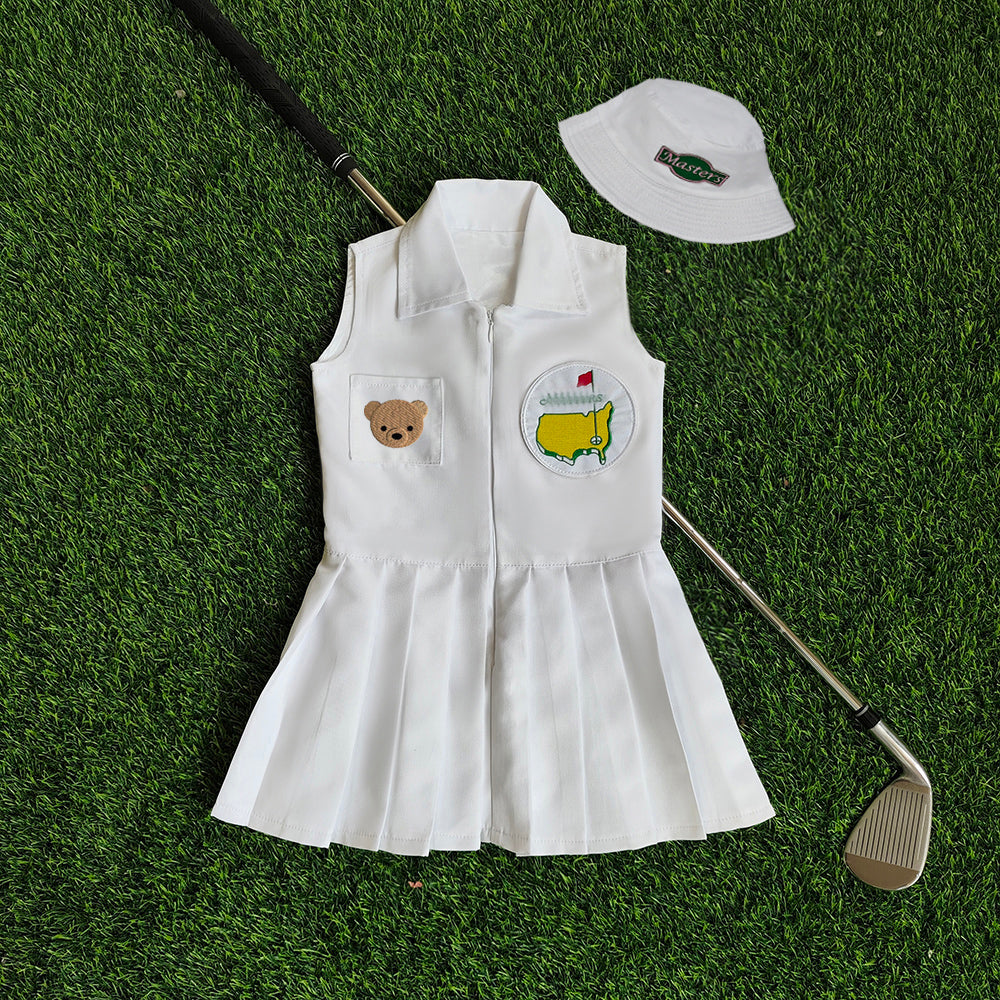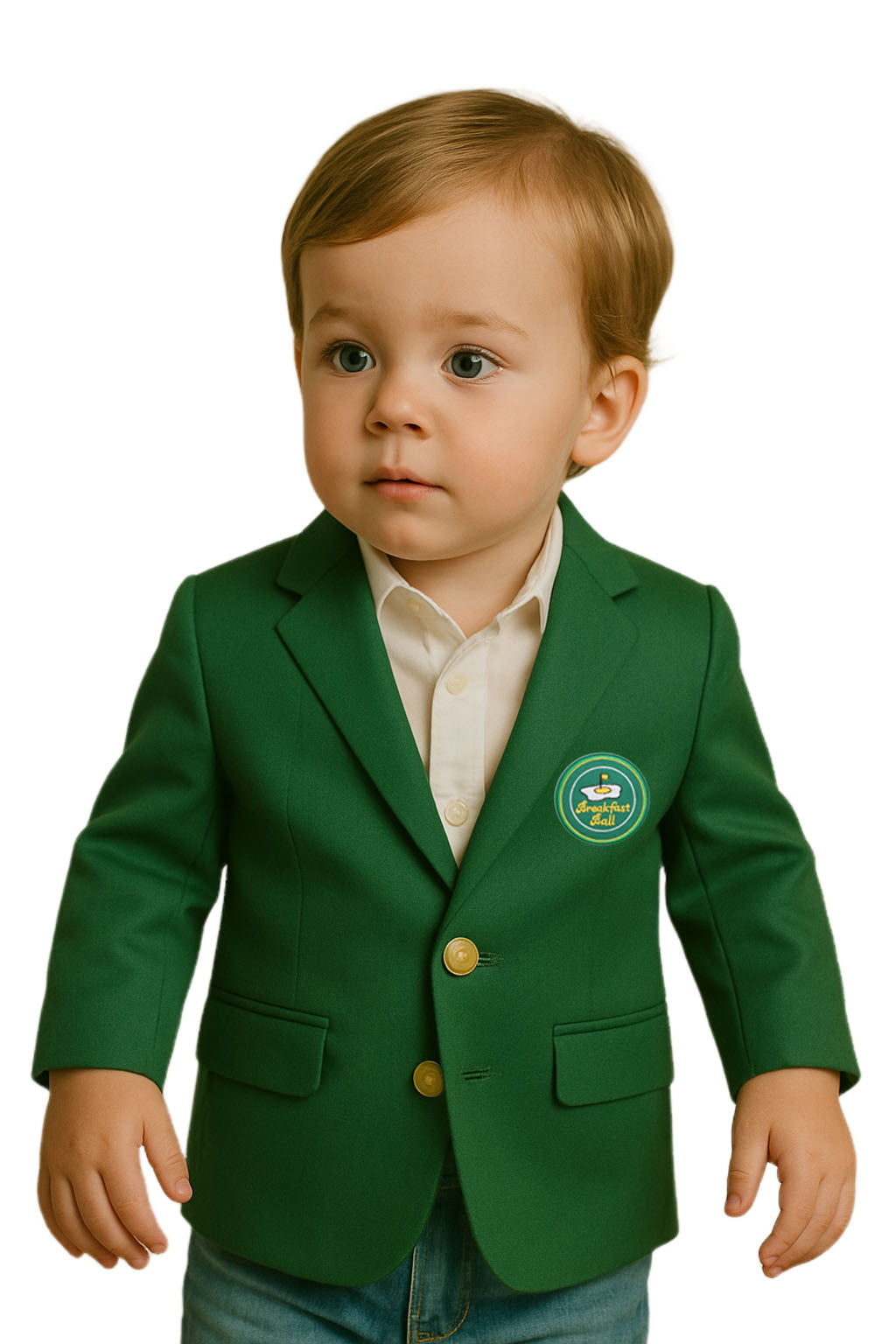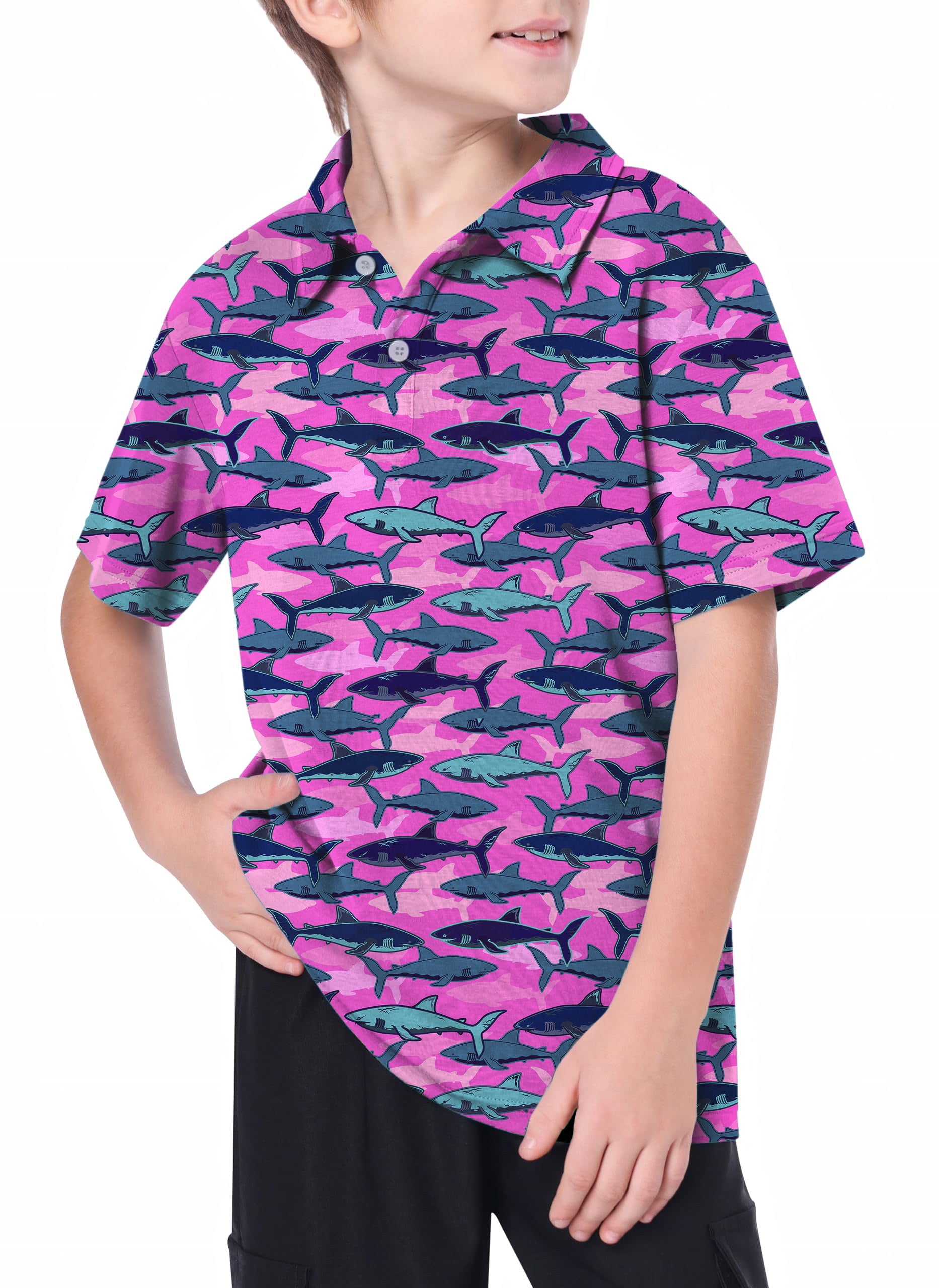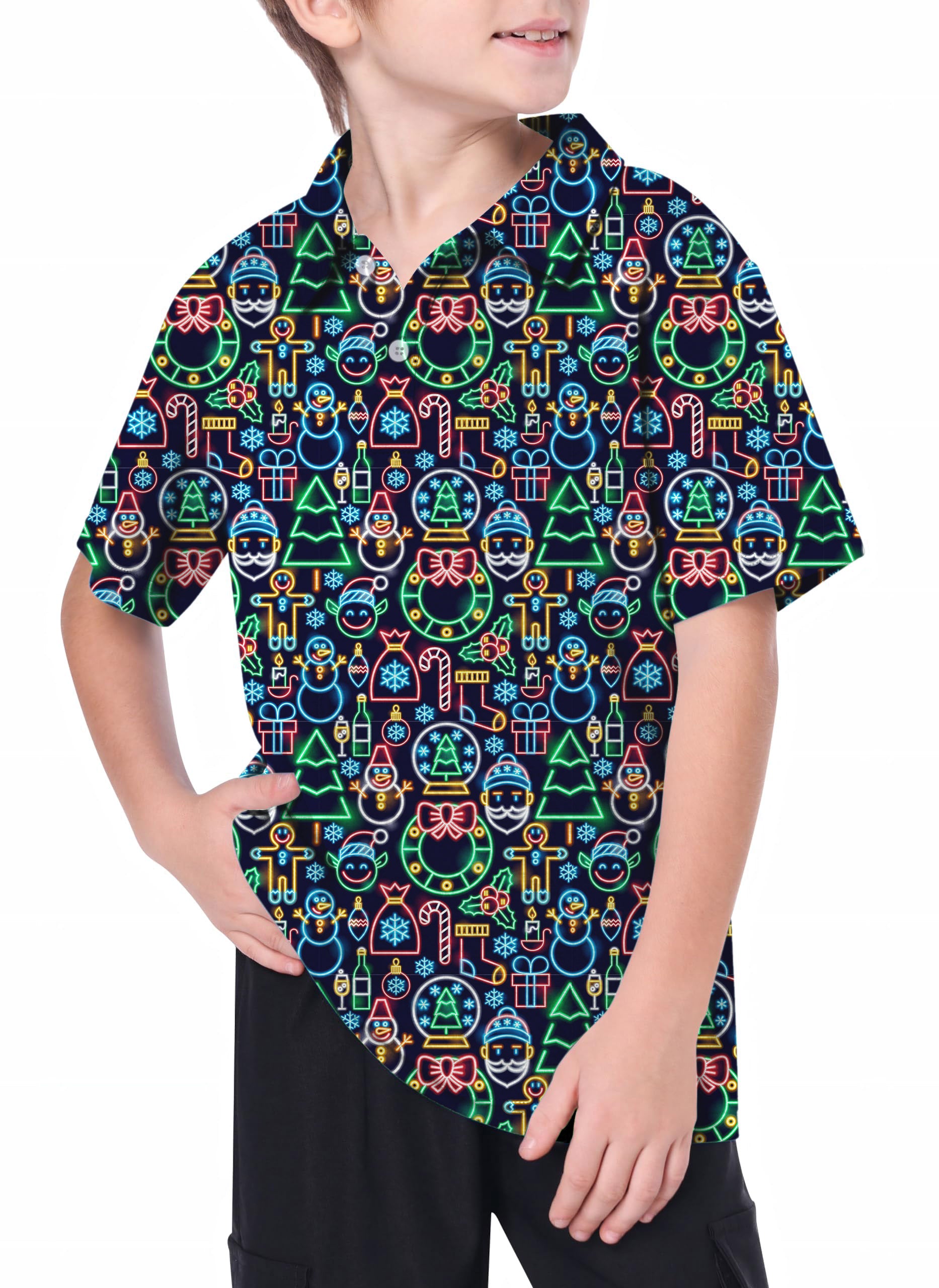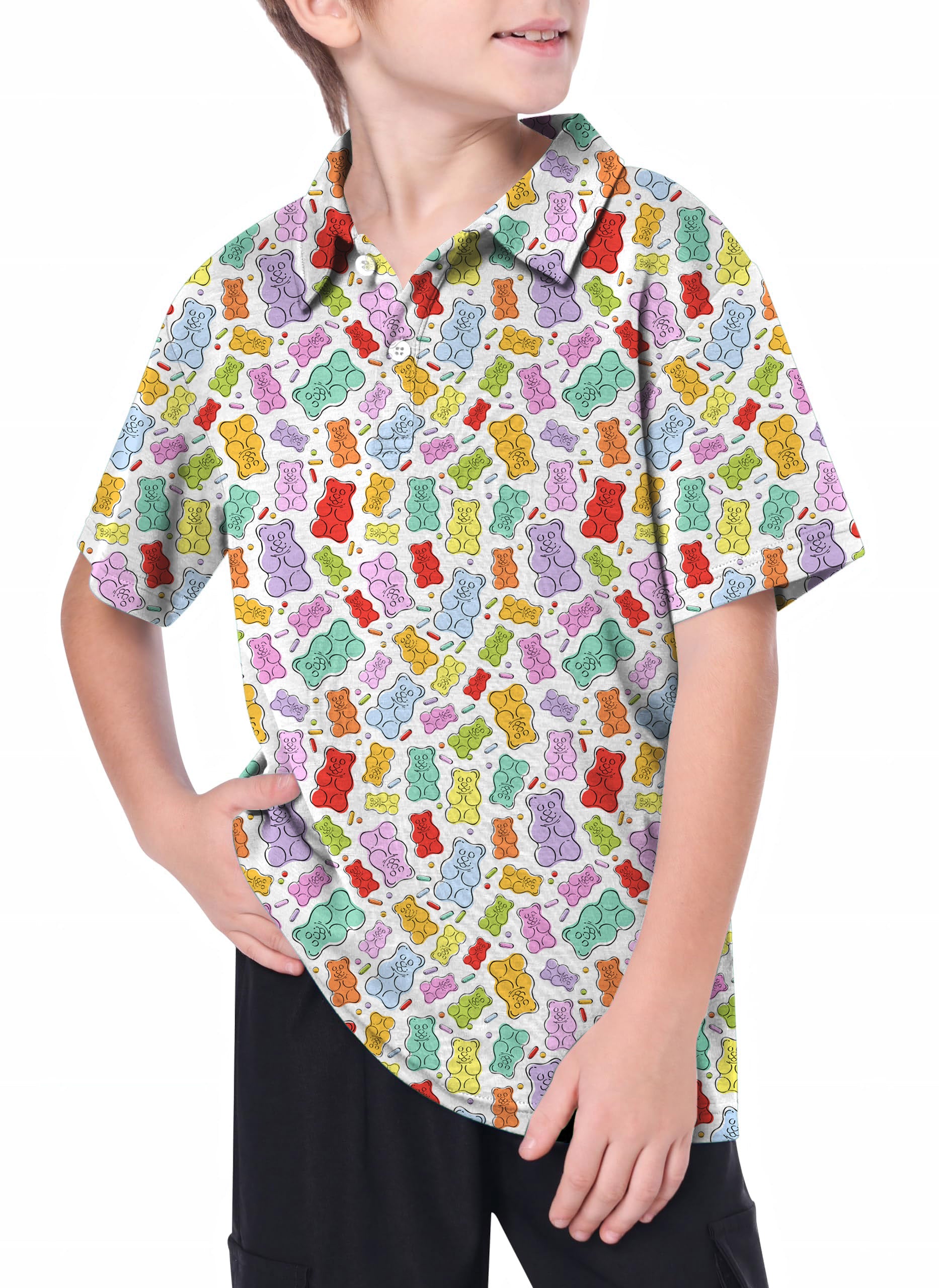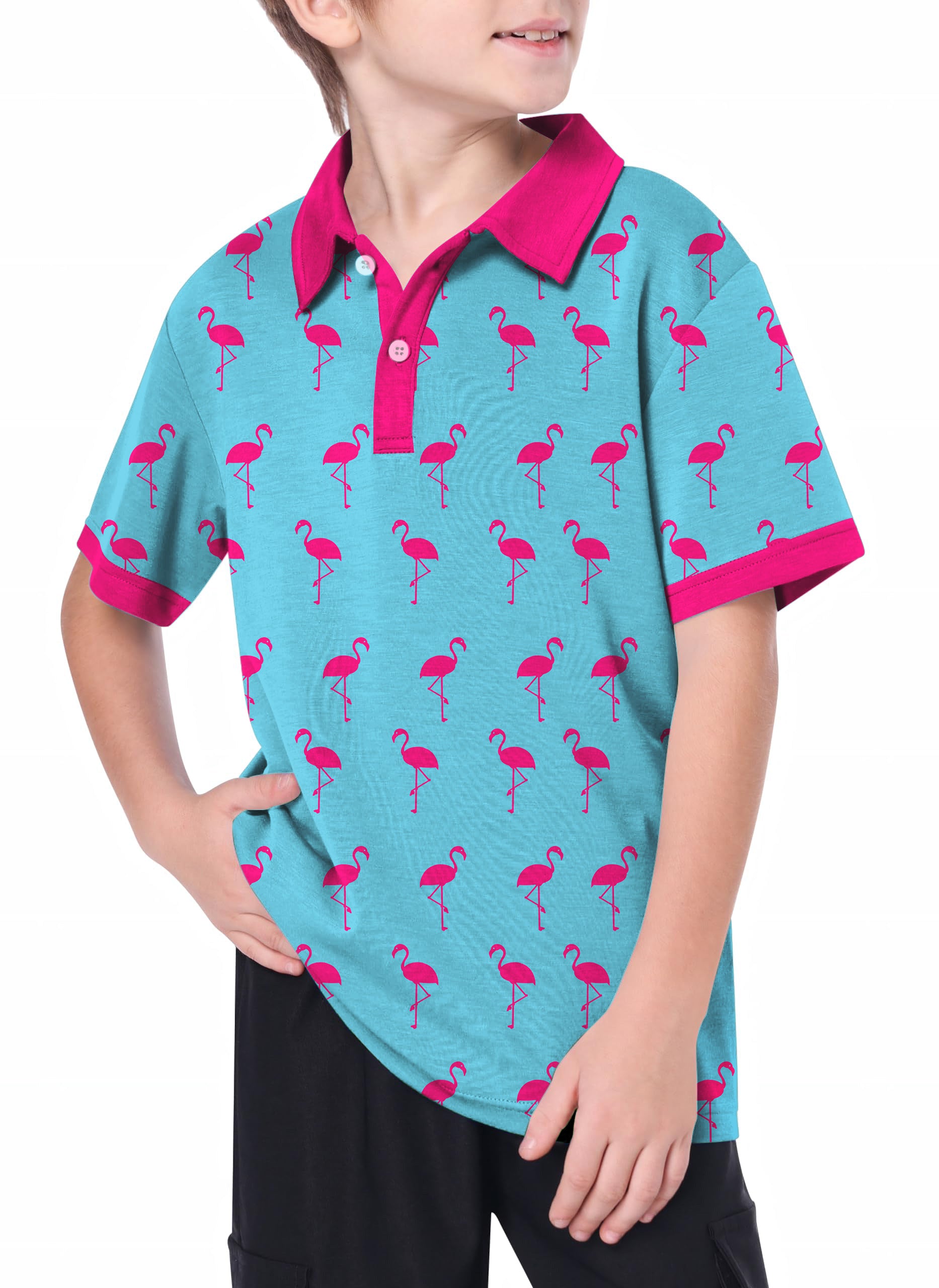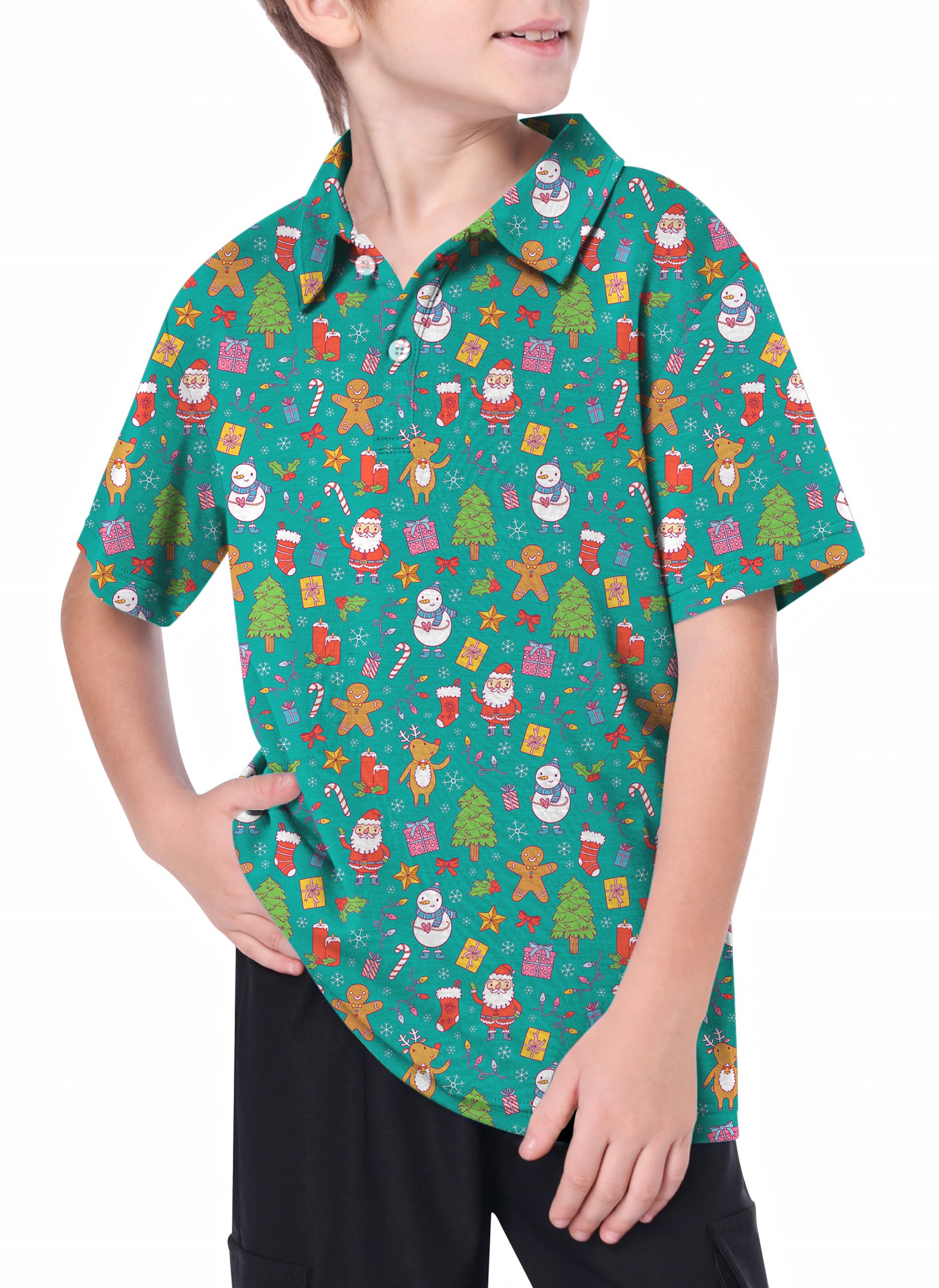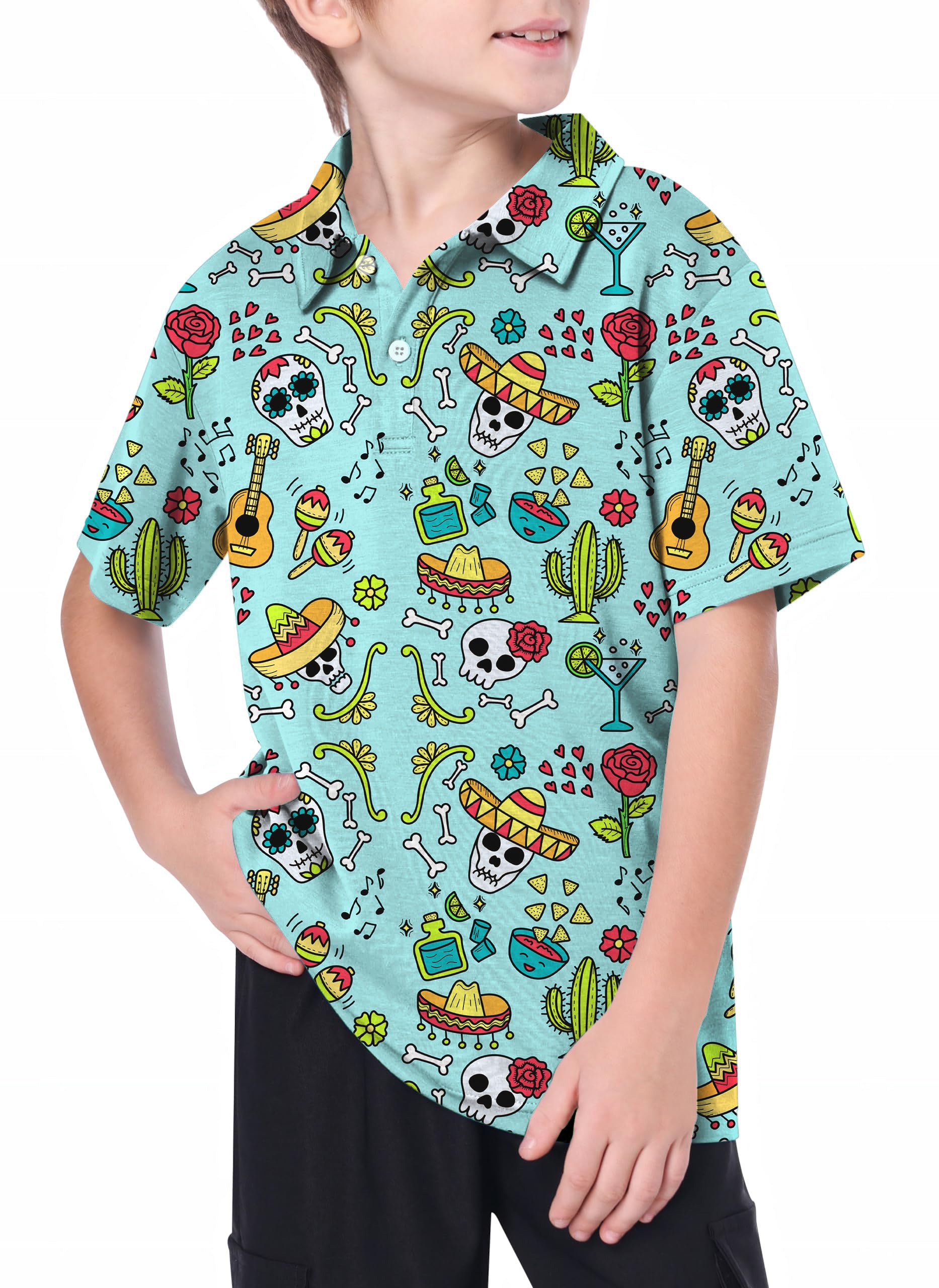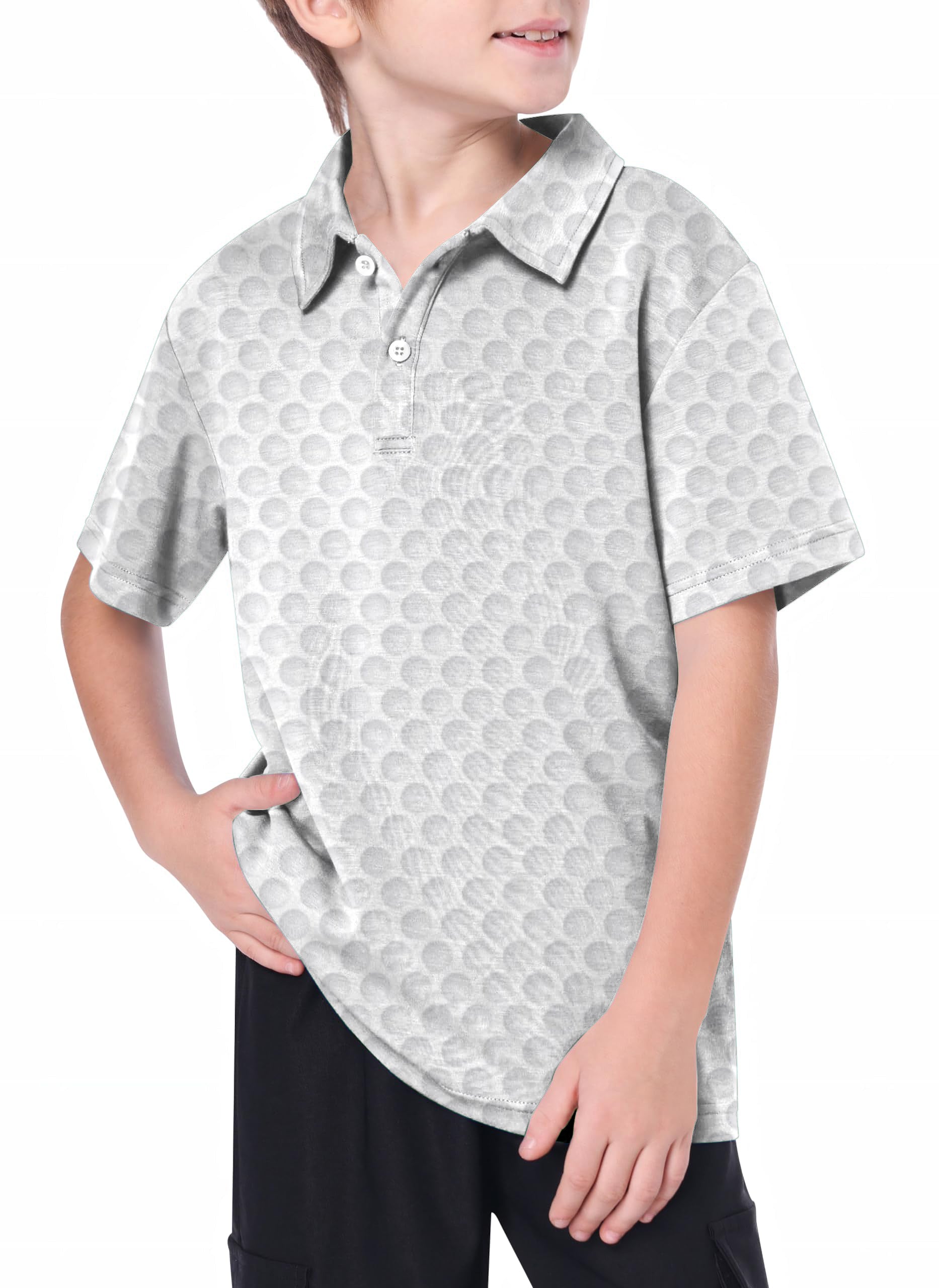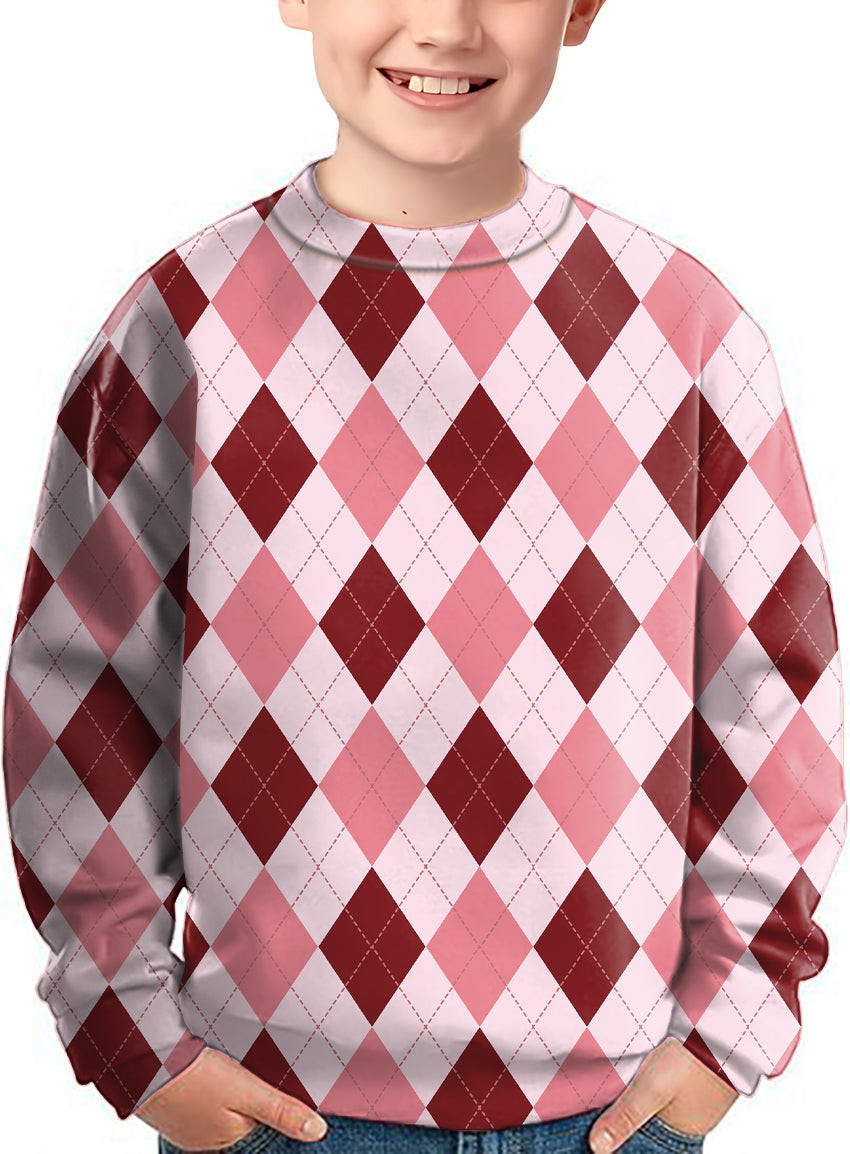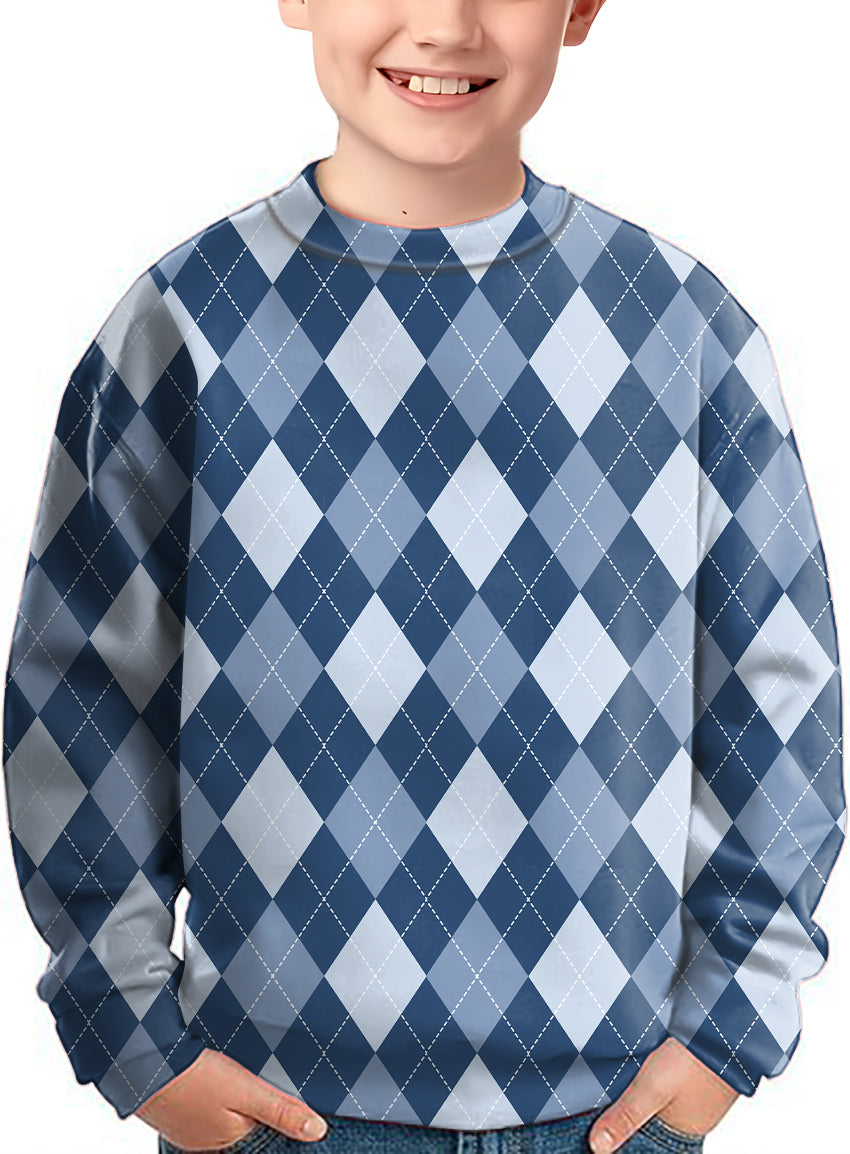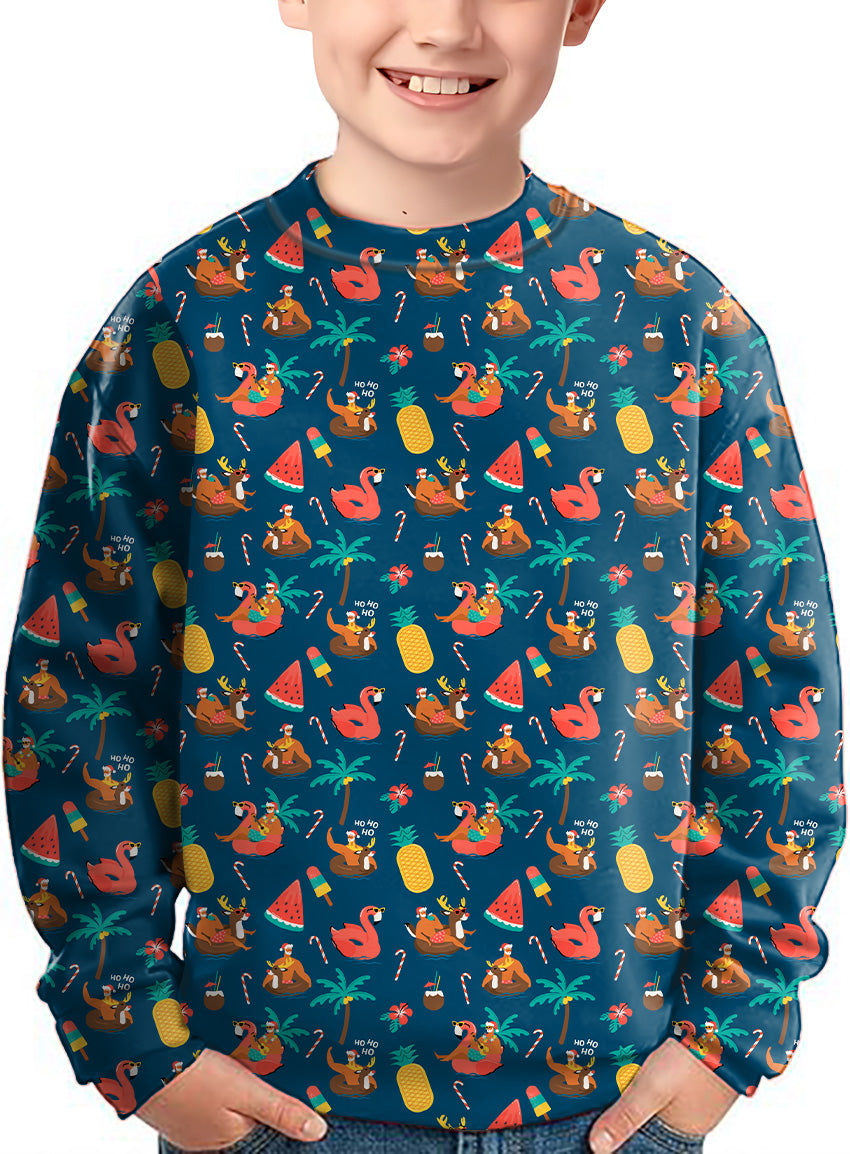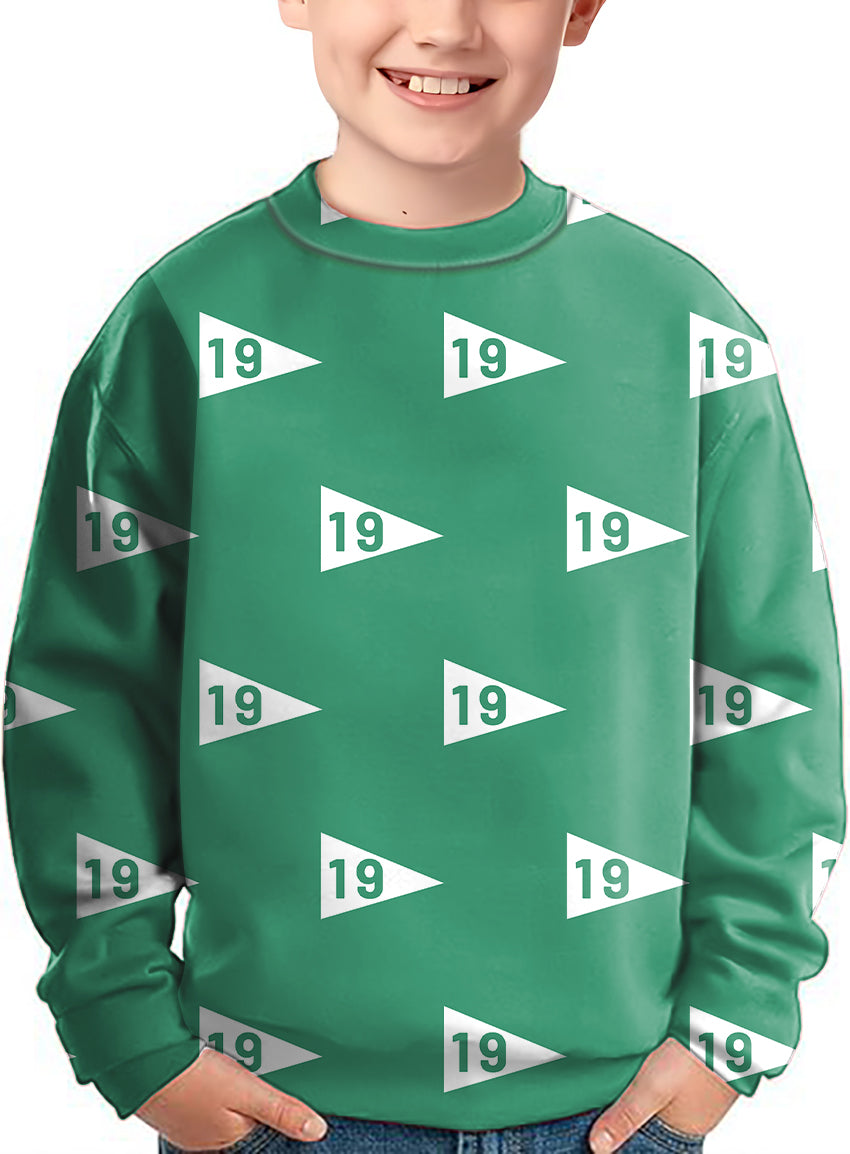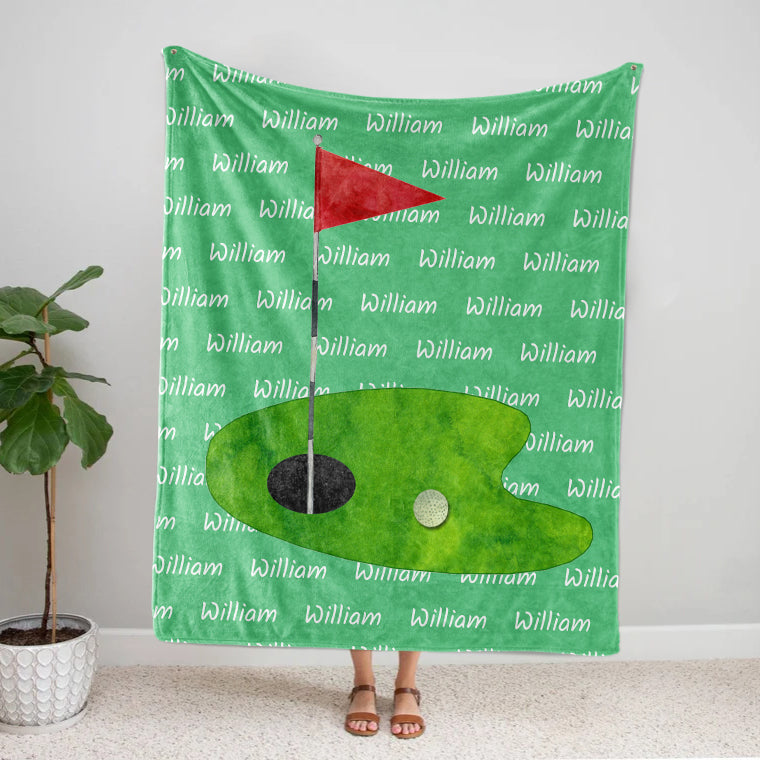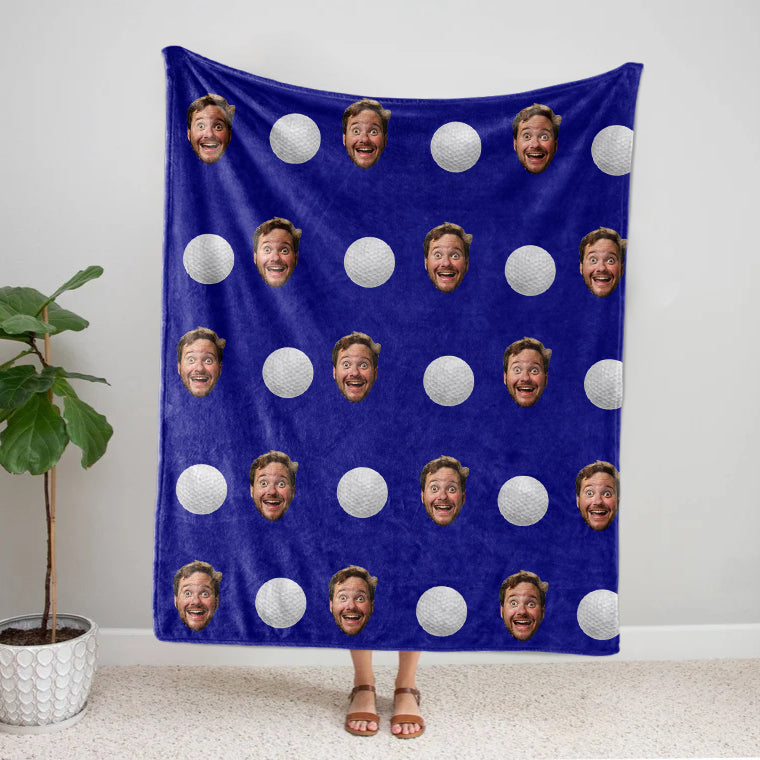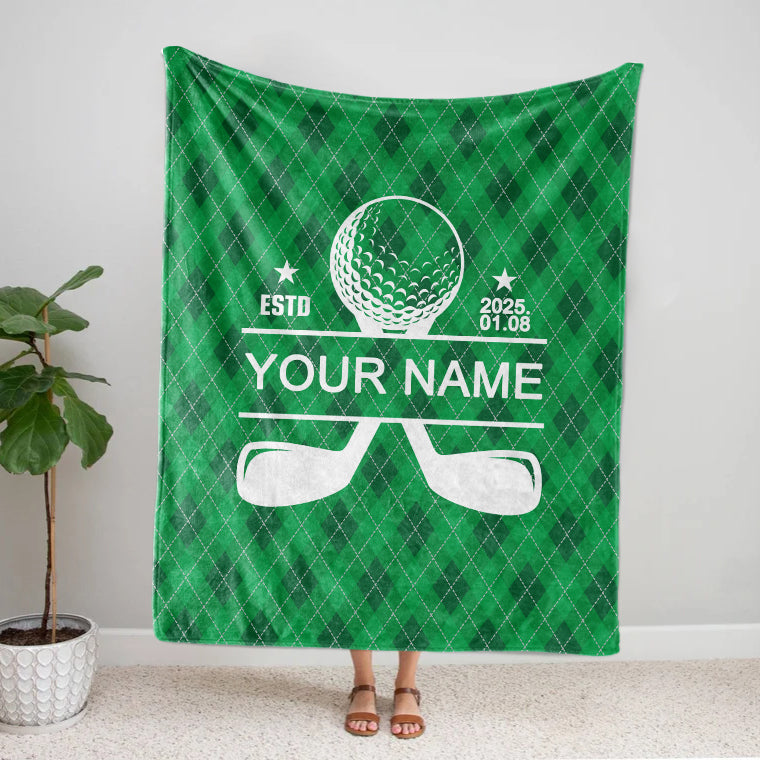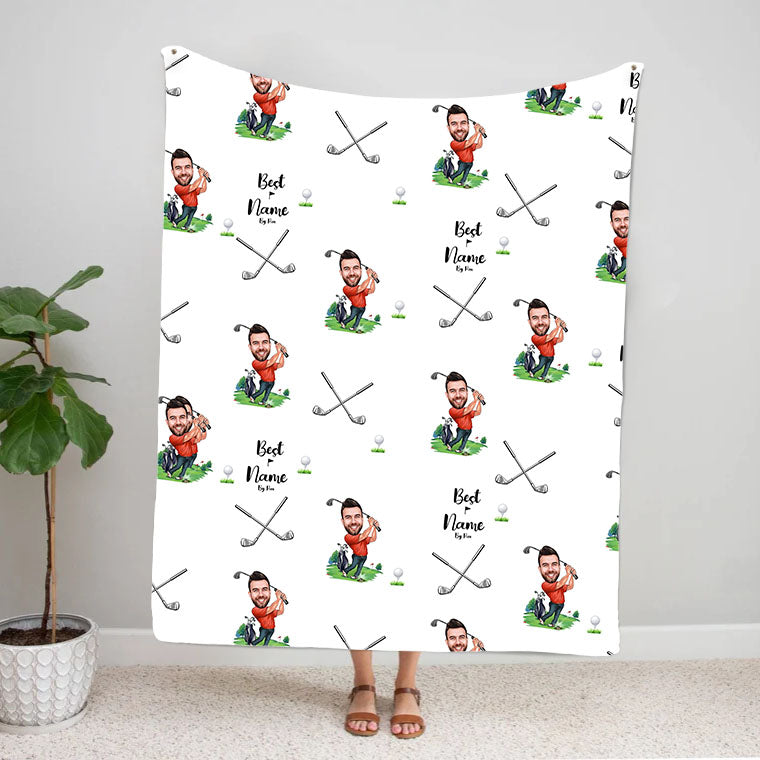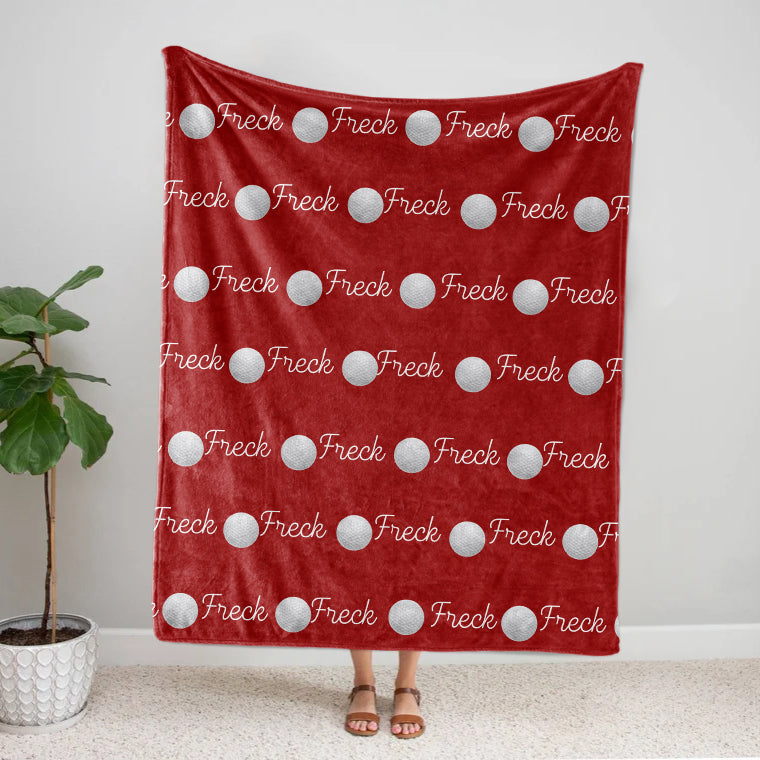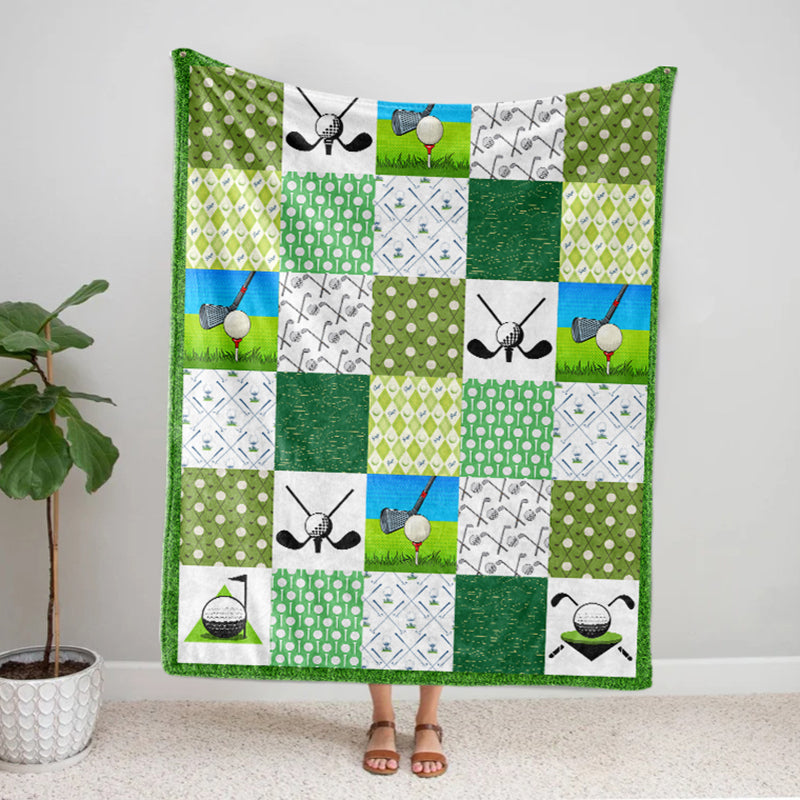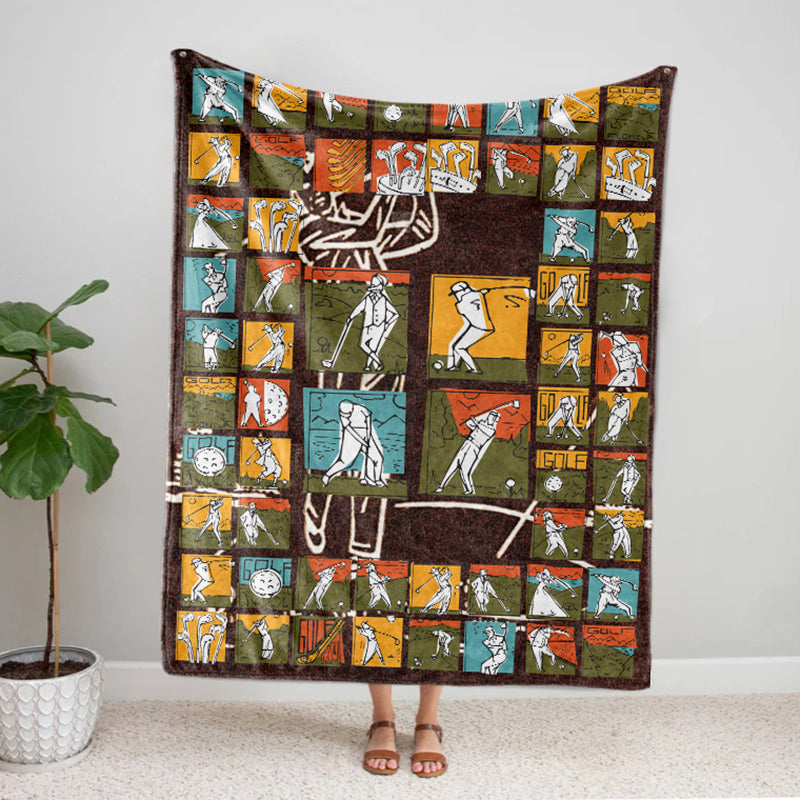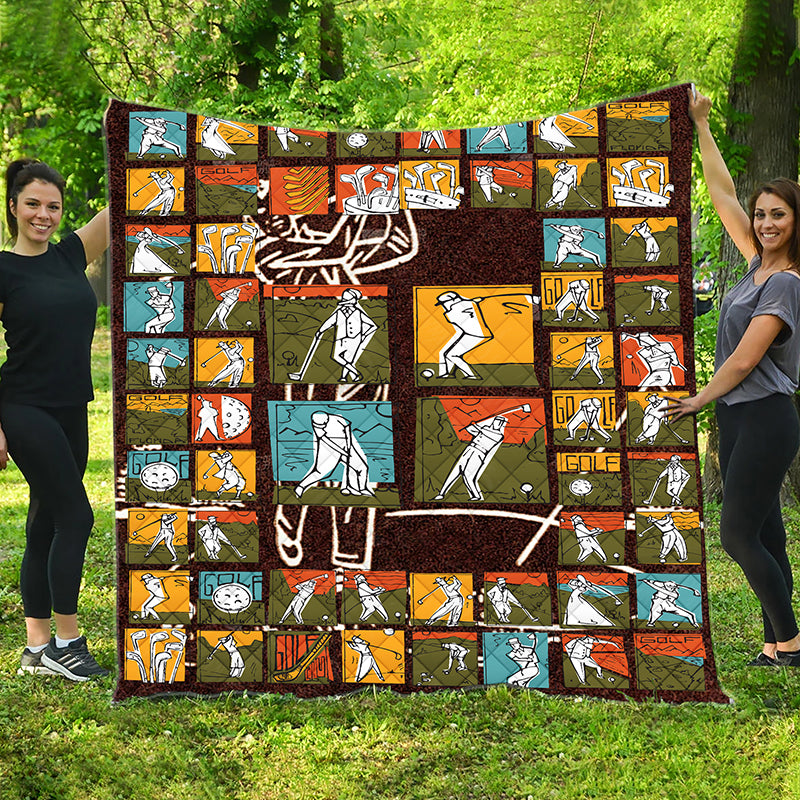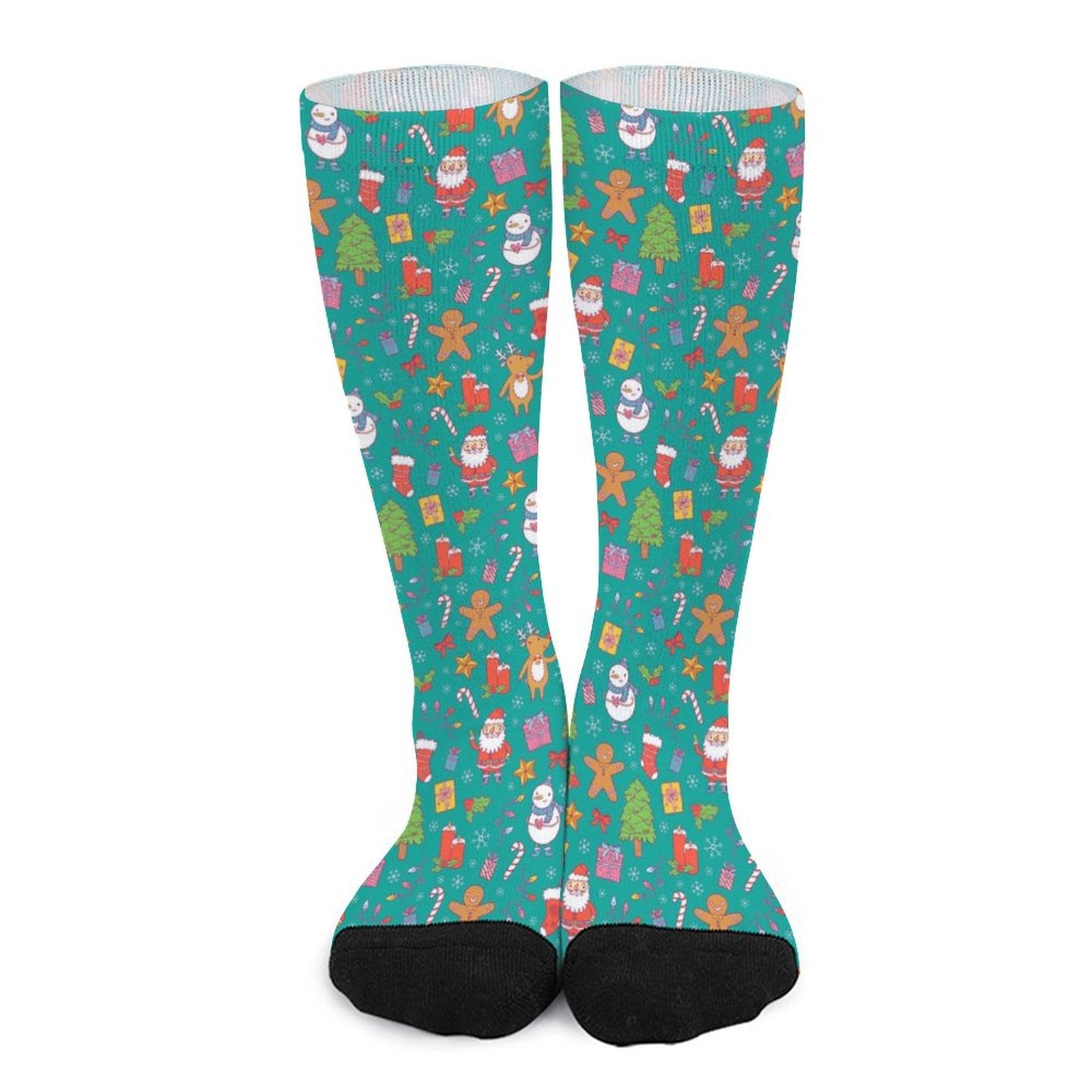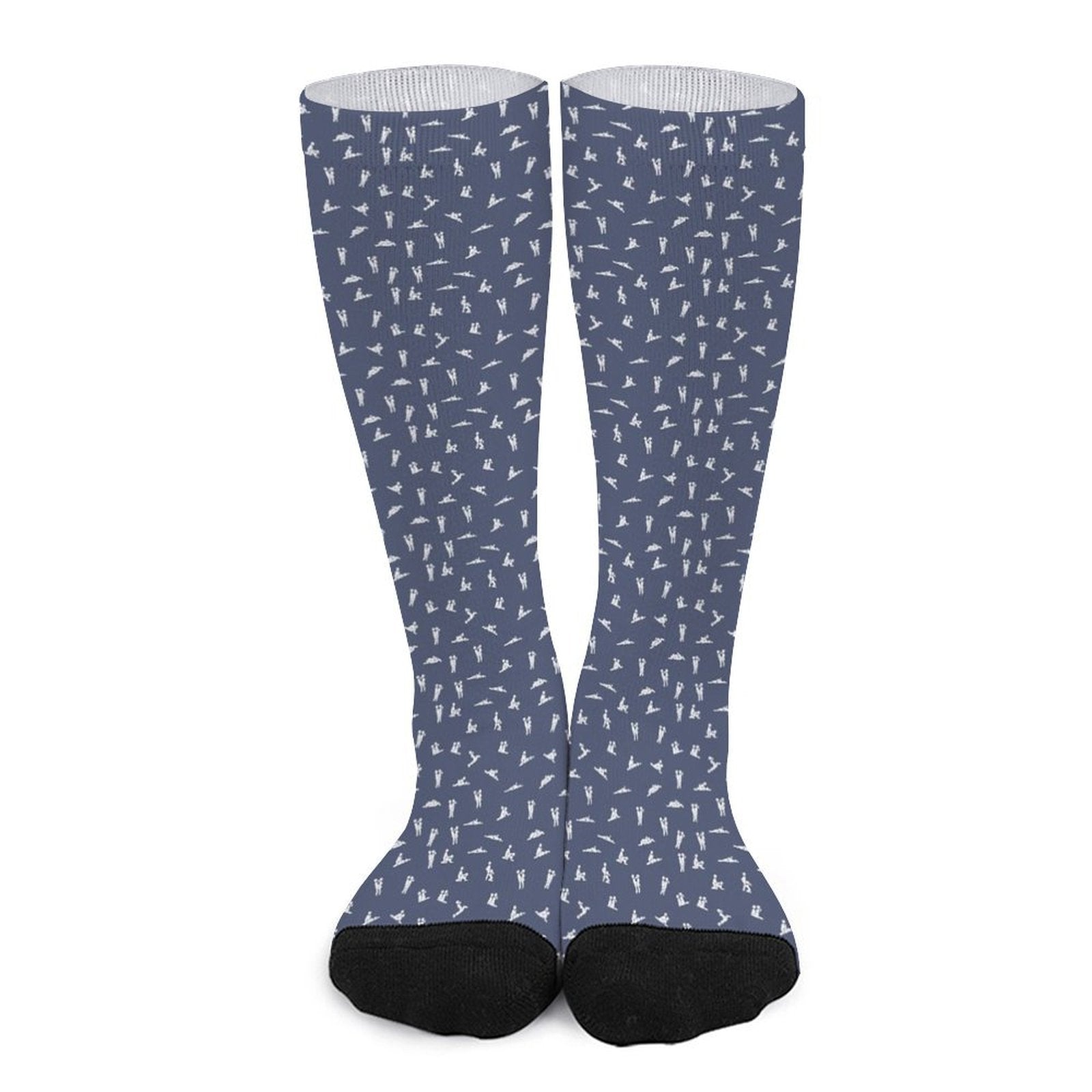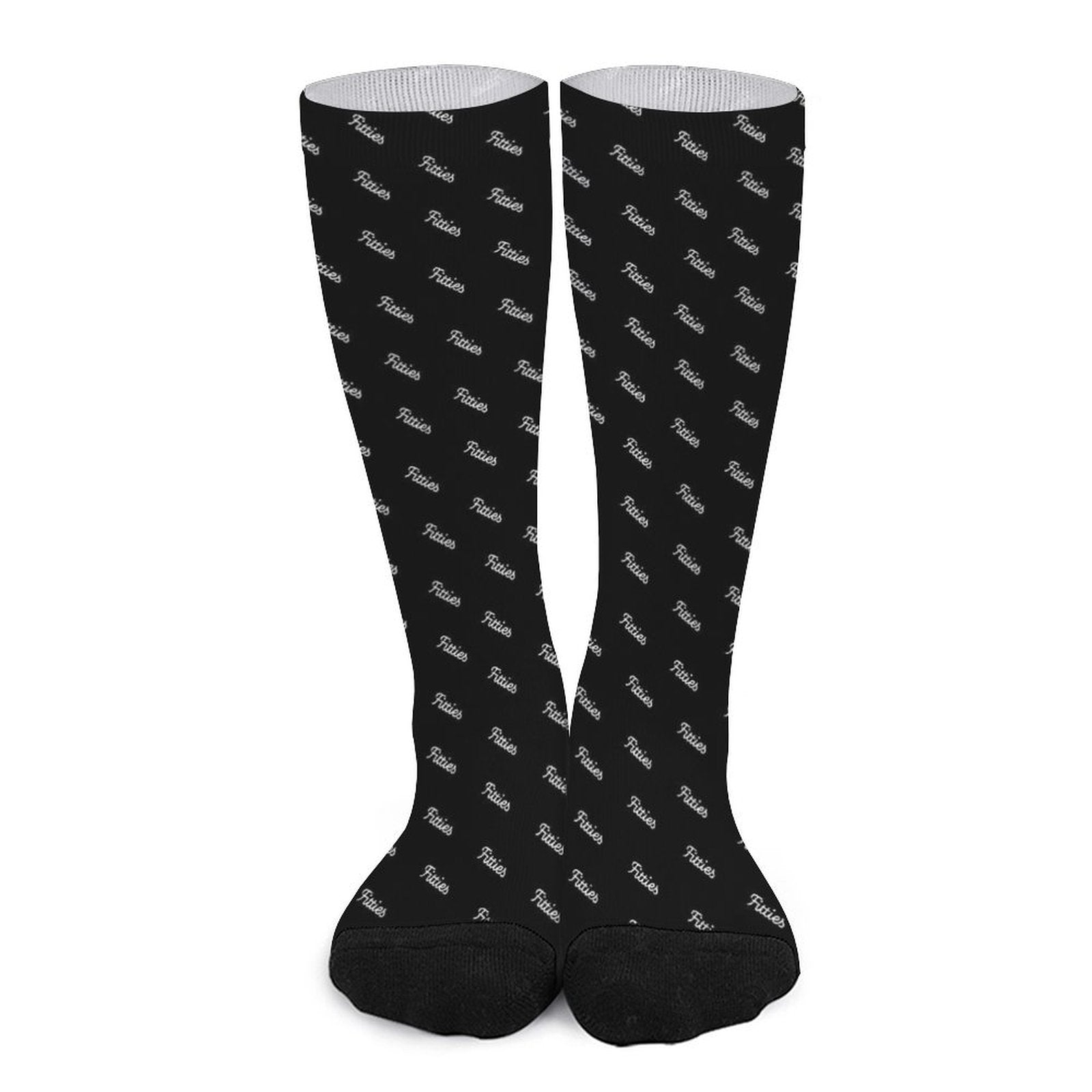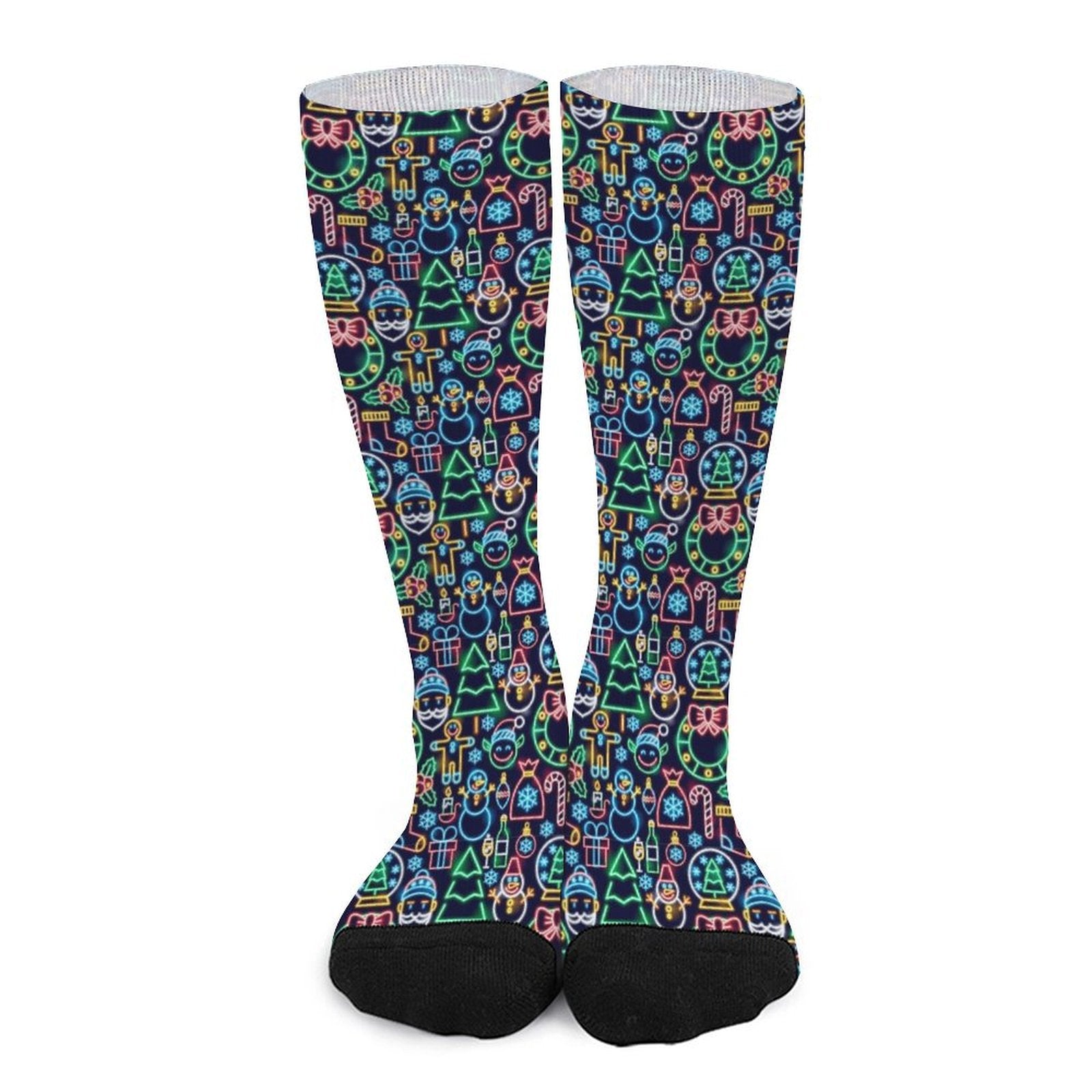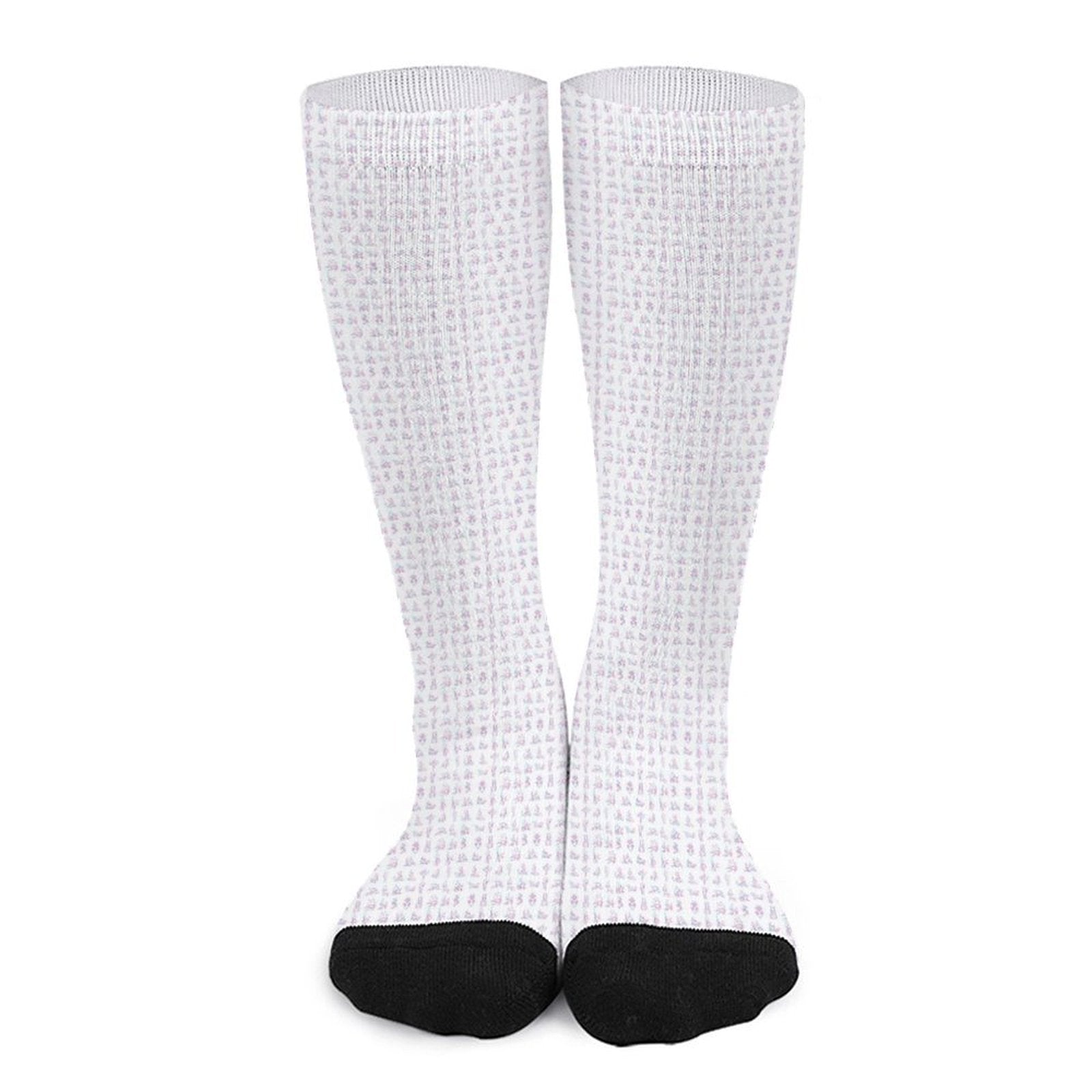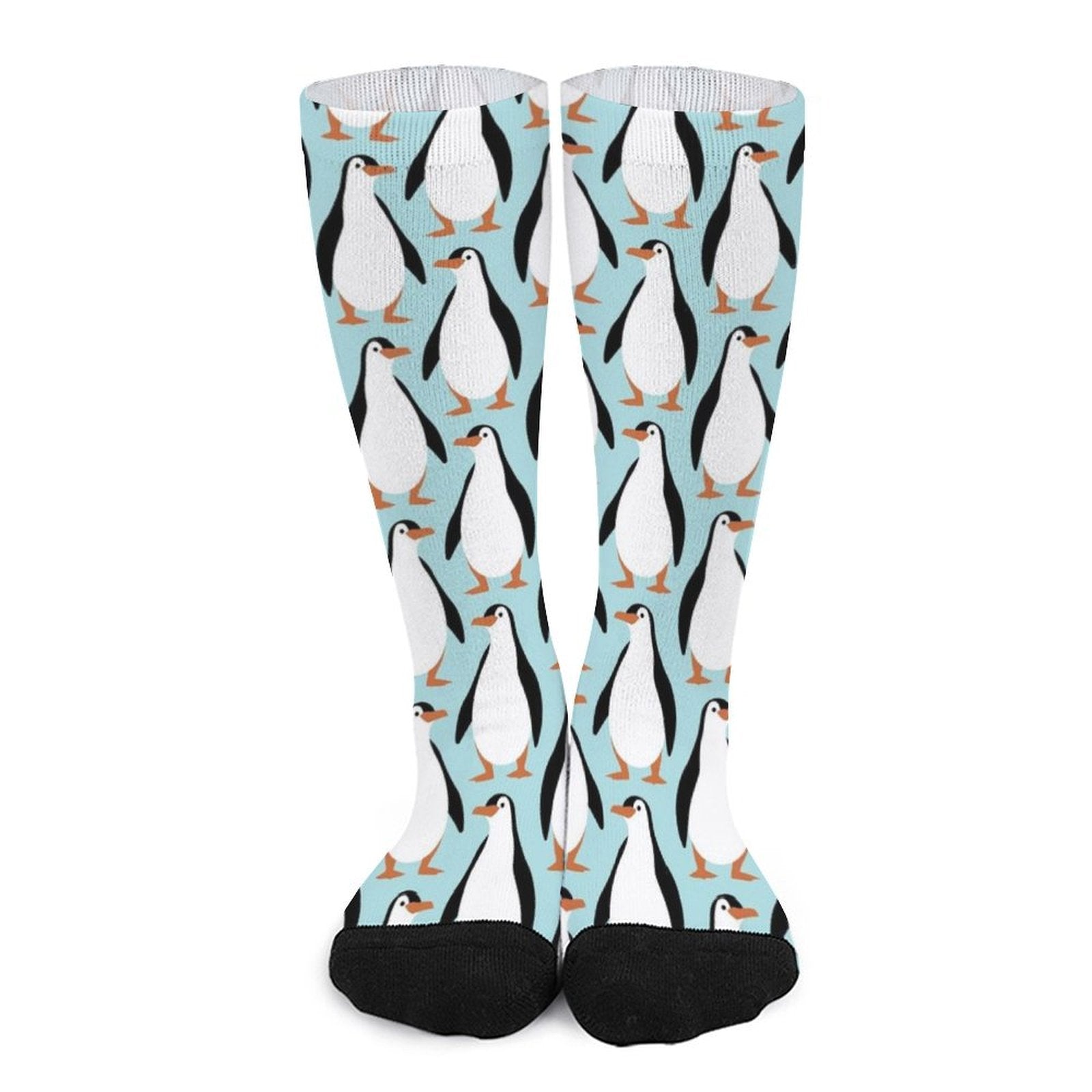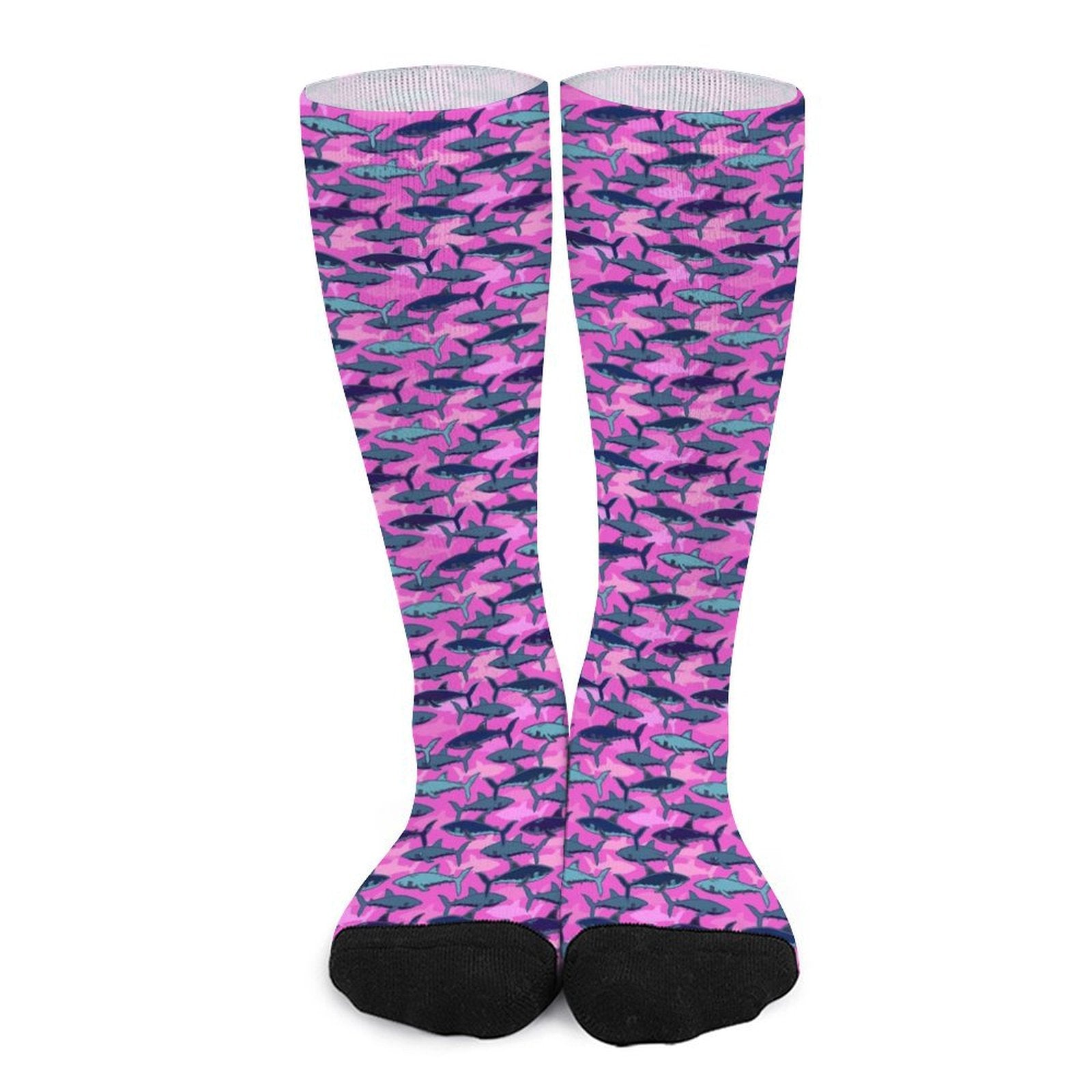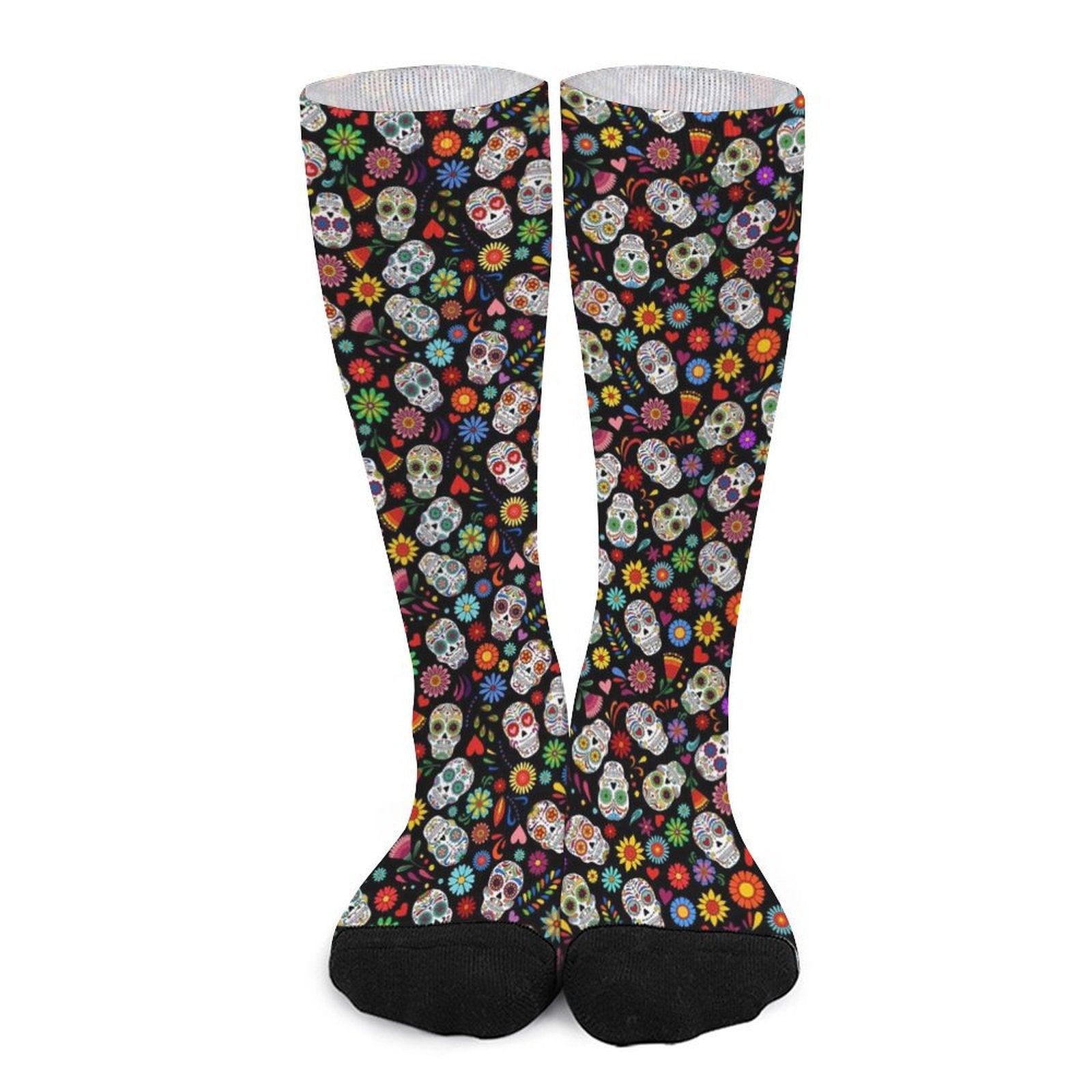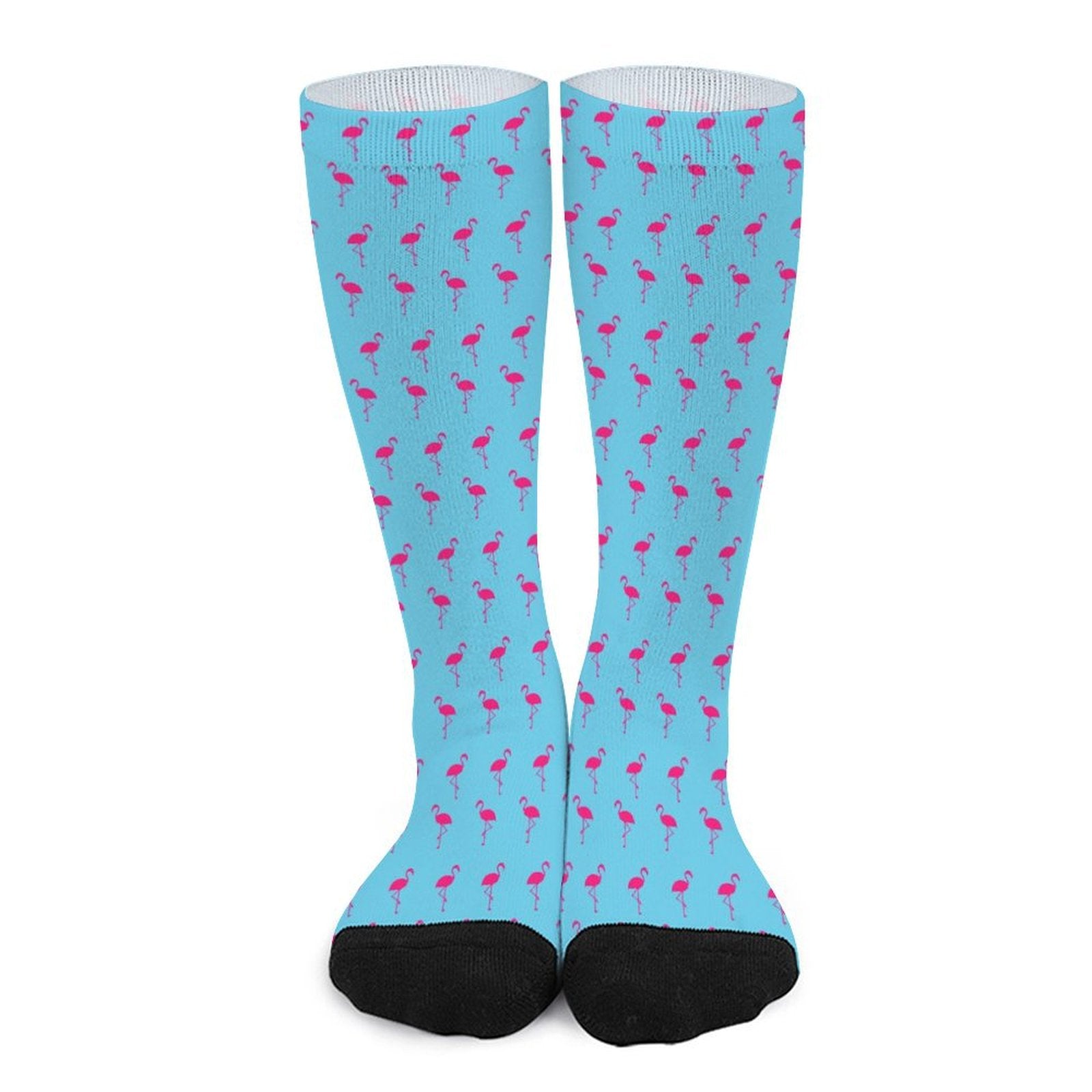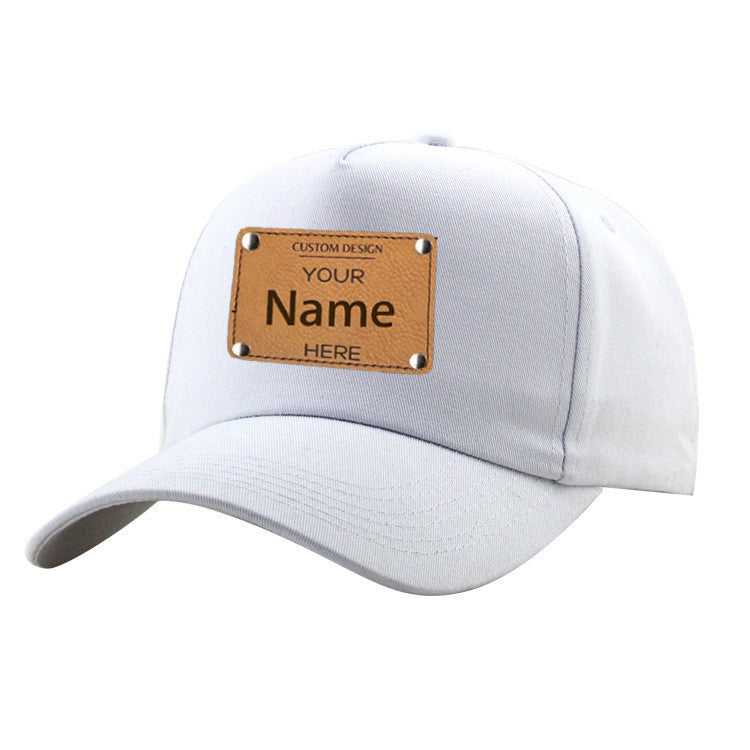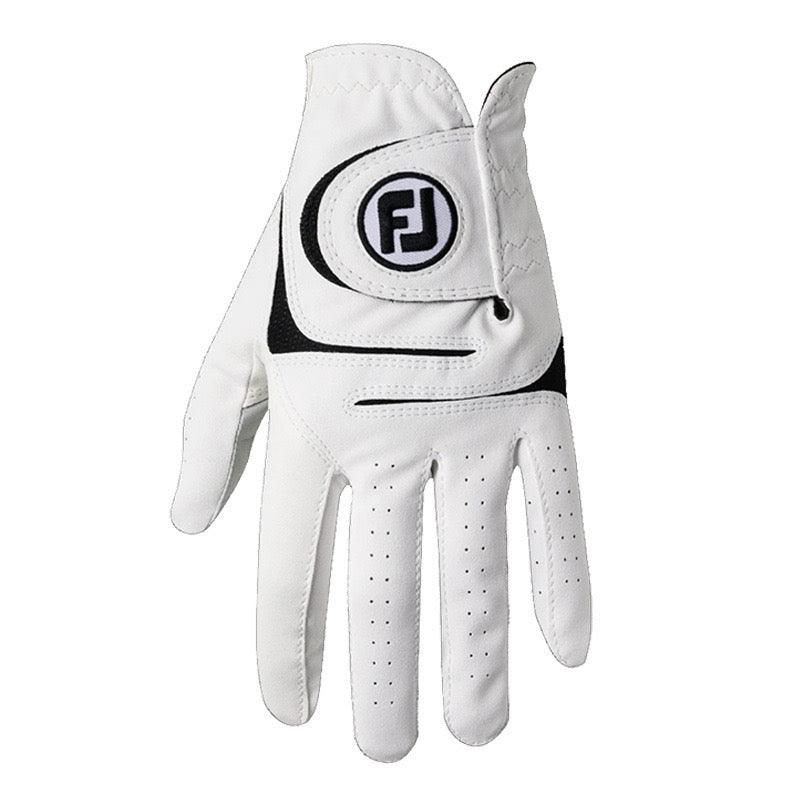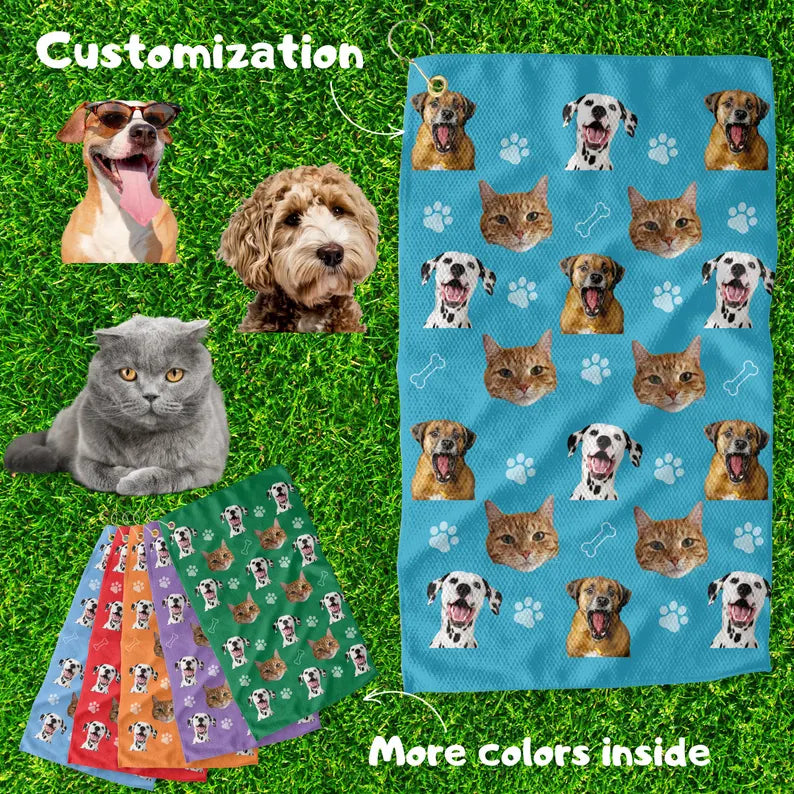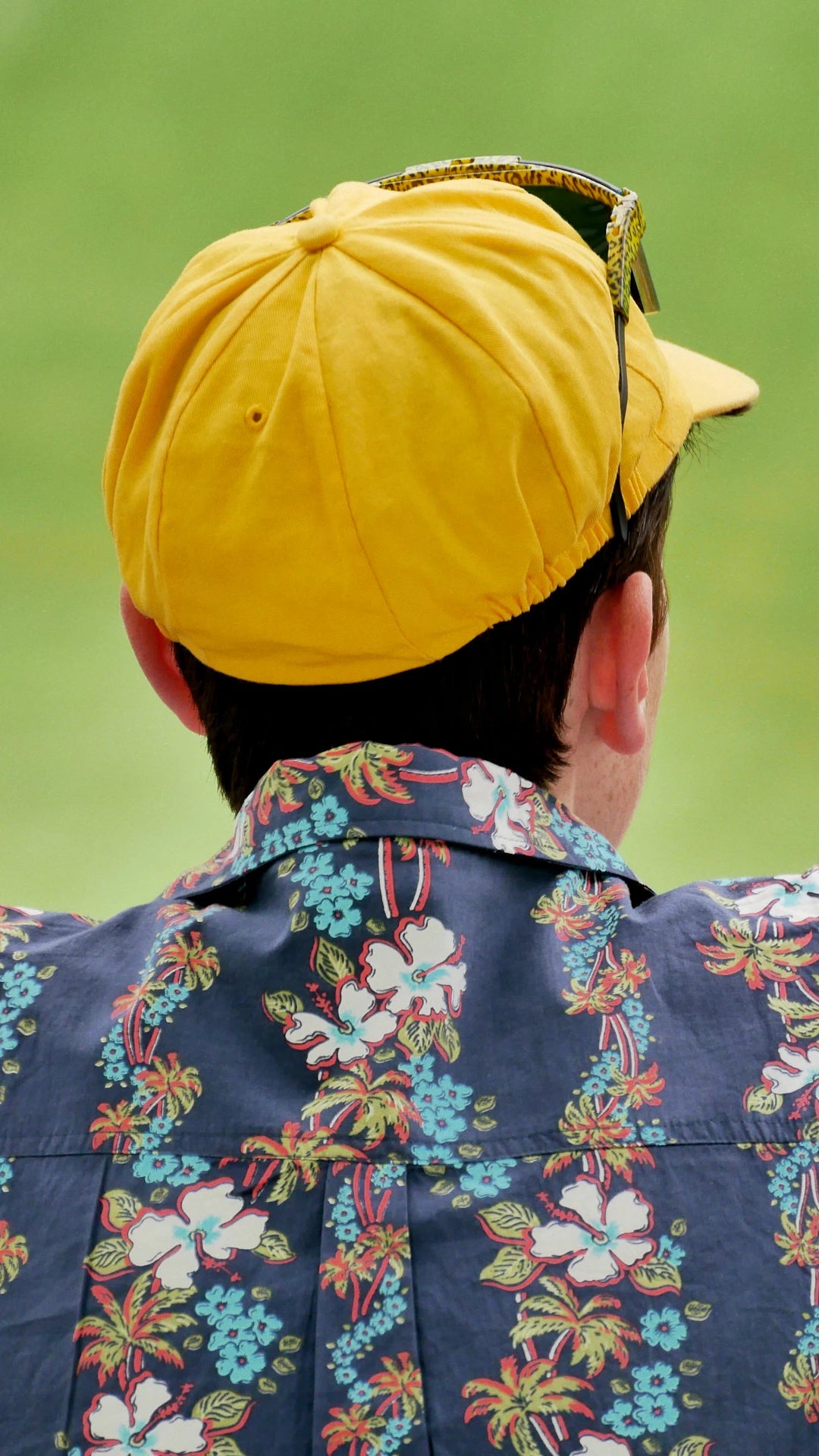
Mastering Golf Layering: Stay Comfortable in Any Weather
Frequently Asked Questions
1. What is the purpose of layering in golf?
2. What are the three types of layers recommended for golf attire?
3. What materials are best for a base layer in golf?
4. How should I dress for warm weather days on the golf course?
5. What should I wear on a rainy golf day?
Golf is a game of precision, focus, and strategy. While perfecting your swing is essential, so is knowing how to dress appropriately for various weather conditions. Optimal layering strategies can be the difference between a pleasant day on the course and a chilly, uncomfortable experience. In this article, we will discuss effective layering strategies for golf, helping you stay comfortable and focused, no matter the weather.
Understanding Layering Basics
Layering is a technique that involves wearing multiple clothing items to regulate your body temperature and protect you from external weather elements. The primary purpose of layering is to allow golfers to adapt to changing conditions quickly. Ideal layering consists of three layers: the base layer, the insulation layer, and the outer layer.
Base Layer: The Foundation of Comfort
The base layer is your first line of defense and serves as the foundation for your golf outfit. Its primary function is to wick moisture away from your body while keeping you warm and dry. This layer should fit snugly against your skin without being restrictive. Here are some materials to consider:
- Merino Wool: This natural fiber is breathable, moisture-wicking, and provides excellent insulation, making it an ideal choice for both warm and cool weather.
- Synthetic Fabrics: Polyester and nylon are common materials for base layers as they efficiently wick moisture away from your skin and dry quickly.
- Silk: Although less common, silk can be a lightweight alternative for warm conditions while providing some insulation.
When selecting a base layer, consider long-sleeved tops, fitted T-shirts, or leggings designed for active movement. Remember, the goal is to stay dry while maintaining optimal comfort throughout your round.
Insulation Layer: Adding Warmth
The insulation layer retains body heat while providing additional warmth. This layer should be lightweight yet effective in preventing heat loss without sacrificing mobility. Here are some options to consider:
- Fleece: Lightweight fleece jackets or vests are perfect for maintaining warmth without adding bulky layers.
- Insulated Jackets: Depending on the coldness of the weather conditions, a thin, insulated jacket can keep you warm during cooler rounds.
- Pullovers and Sweaters: Opt for breathable materials that allow for the free movement of your arms while keeping your core warm.
When choosing an insulation layer, consider how easy it is to remove or add back as weather conditions fluctuate throughout the day. Layers that are easily removable will allow you to adapt quickly without compromising your game.
Outer Layer: Protecting Against the Elements
The outer layer acts as a shield against wind, rain, and other environmental factors. This layer should be both waterproof and breathable to keep you dry while allowing moisture from sweat to escape. Here are some key components to look for in an outer layer:
- Windbreakers: Lightweight jackets that block wind while being breathable will help you stay warm on breezy days.
- Rain Gear: A reliable waterproof jacket or poncho is essential for staying dry in rainy conditions.
- Hooded Options: Hoods provide extra protection for your head and neck against wind and rain.
When selecting your outer layer, look for items that can pack easily into your golf bag, allowing for simple incorporation into your gear as weather patterns change.
Layering for Different Weather Conditions
Understanding how to layer effectively will greatly enhance your experience on the golf course. Here’s how to adjust your layers based on various weather conditions:
Warm Days
On warm days, staying cool and dry is a priority. Begin with a light base layer made from moisture-wicking fabrics. A short-sleeve shirt is a great choice. If temperatures fluctuate, consider wearing a lightweight, breathable polo or collared shirt. The insulation layer may not be necessary, but have a lightweight, packable jacket on hand for unexpected breezes or late afternoon chills.
Cool Days
When the weather starts cooling down, adjusting your layers becomes essential. Start with a fitted base layer, followed by a fleece pullover or thin sweater for warmth. If conditions are particularly chilly or windy, don’t hesitate to add an outer layer for protection. Consider wearing long pants and golf shoes with breathable socks to ensure your whole body remains comfortable and insulated.
Rainy Days
Rain can significantly impact your game, so being prepared is crucial. Start with a moisture-wicking base layer to keep sweat at bay. Add an insulating layer if temperatures are cooler. The outer layer should be fully waterproof with breathable fabric, allowing you to focus on your game without worrying about getting wet. Utilizing waterproof pants and shoes will further enhance your comfort during wet rounds.
Windy Days
Wind can be a significant factor in your golf game. Wear a moisture-wicking base layer to keep you dry, along with an insulating layer to maintain warmth. The outer layer should be a windbreaker or softshell jacket that blocks cold air while remaining breathable. Opt for pants that prevent wind from whipping through, keeping your lower body warm and comfortable while you play.
Accessorizing Your Layers
Accessories can enhance your layering system while providing additional comfort in various weather conditions. Here are some accessories to consider:
Headwear
A hat or visor can provide shade on sunny days, while a beanie or headband can keep you warm in cooler temps. Look for options that wick moisture and maintain breathability.
Gloves
Golf gloves are essential for grip while playing. For cold weather, consider wearing insulated gloves that maintain dexterity for club handling. Waterproof gloves are ideal for rainy conditions.
Footwear
Golf shoes with breathable materials can help keep your feet comfortable in warm weather. In rainy or muddy conditions, choose waterproof shoes to prevent dampness and maintain traction on the course.
Tips for Effective Layering
To master the art of layering effectively, consider these helpful tips:
- Choose Versatile Pieces: Opt for layers that are versatile and can work in multiple weather conditions.
- Stay Informed: Check the weather forecast before you head to the course so you can dress accordingly.
- Test Your Layers: Practice wearing your layers during a practice round to ensure comfort and mobility before hitting the course in competition.
- Be Ready to Adjust: As weather conditions change throughout the day, be ready to add or remove layers as needed.
Getting Started with Your Layered Golf Wardrobe
Now that you have a solid understanding of layering strategies for golf, it's time to build your wardrobe. Adopting a thoughtful layering approach can significantly enhance your golfing experience, regardless of the weather. Here’s a quick roadmap for getting started:
- Evaluate Your Environment: Identify the climate and weather patterns typical for your local courses, as well as seasonal changes.
- Invest in Quality Base Layers: Start with high-quality base layers that offer moisture-wicking properties and comfort.
- Choose Insulating and Outer Layers Wisely: Select lightweight, breathable insulating layers and durable outer layers tailored to your play environment.
- Prioritize Comfort and Mobility: Make sure your layers fit well, allowing for a full range of motion while you swing.
Elevate Your Game with Comfort
In the world of golf, preparation is key. Mastering layering strategies that adapt to varying weather conditions can help you maintain comfort, focus, and performance on the course. From choosing the right base layer to selecting effective outerwear, every aspect of your outfit can enhance your game. Prioritize your comfort and enjoyment, and you’ll surely find yourself more successful on the greens. Happy golfing!


